
Visa and entry requirements Angola:
Passport required
German citizens need a visa to enter Angola, which must be obtained in person at one of the Angolan diplomatic missions abroad before entering the country Embassy of the Republic of Angola must be applied for.
Visa costs: 150 euros
Information from the Foreign Office about your trip to Angola:
https://www.auswaertiges-amt.de/de/angolasicherheit/208118
Angola is a country in southwest Africa with around 27 million inhabitants. The country borders Namibia, Zambia, the Democratic Republic of Congo, the Republic of Congo and the Atlantic Ocean to the west. The country's official language is Portuguese and the official national currency is the Angolan Kwanza, where 1 euro is equivalent to around 264 AOA.
The largest mountain range in the country is the Bie Highlands, whose highest point is Mount Moco at 2,619 meters. Angola has a mostly tropical climate. The Zambezi River flows through eastern Angola. A strip of desert stretches along the west coast starting from Namibia.
Angola is rich in wildlife, including elephants, hippos, crocodiles, wildebeests, ostriches, rhinos and zebras.
Angola's population is one of the fastest growing in the world, with more than 50% of them being Christians. Only 30% of people have access to medical care and sufficient drinking water. The food and health situation in the general country is largely catastrophic. Every year thousands of people die from diarrheal diseases, malaria, meningitis and tuberculosis. In addition, the mortality rate for children under five is the second highest in the world.
The largest cities in Angola include Luanda, Benguela, Lobito, Huambo, Lubango and Kuito.
The country's two most important economic sectors are its rich oil reserves and diamond mining. Its natural resources make the country one of the richest in Africa. However, the biggest problem in Angola today is corruption. The country is one of the most corrupt countries in the world, where billions of its revenues are lost somewhere every year. The proceeds from oil trade even account for 98% of Angola's exports. Around 85% of the country's working population work in agriculture. The main products for export are coffee, sugar cane, corn, coconut oil, potatoes, rice and cocoa.
The capital of Angola is Luanda with around 6.8 million inhabitants, and almost 10 million people live in Greater Luanda. This makes Luanda one of the largest cities in Africa. The most important sights in Luanda include the Sao Miguel Fortress with the Central Army Museum, the Mausoleum of Agostinho Neto, Miradouro da Lua, the Citadel Alta, the Cathedral of Igreja Nossa Senhora dos Remedios, the Ship Cemetery, the Palacio de Ferro, the Church of the Holy Family, the Sangano Beach, the local history museum, the slave museum, the museum of national history, the Ilha do Cabo peninsula and the shore area on the Bay of Luanda.
In August 2017, I traveled to Angola as the last country on my second trip to Africa. Although Angola's visa is considered one of the most difficult in the world, I had no problems obtaining my visa in Berlin.
In Luanda, statistically the most expensive city in the world until 2018, I stayed in a modern hotel on the Ilha do Cabo peninsula right on the beach. The peninsula is by far the most beautiful and safest part of the capital. However, you should not stay close to the beach because it is inhabited by hundreds of people in tents. My accommodation kindly offered me a two-hour city tour, which I gratefully accepted due to the crime rate here. Despite some historical and interesting buildings, Luanda is generally not considered a tourist city. Because the hotels and restaurants in Luanda are so expensive, I lost the fun relatively quickly.
In addition, I unintentionally brought with me from Angola a lasting memory for my entire life. My flight back to Berlin via Casablanca was delayed by a whopping six hours. Since the waiting room at the airport in Luanda was swarming with mosquitoes, I caught a severe case of “Tropica” malaria.
Two days after my return to Germany, the first symptoms appeared with strong and short fever attacks. Interestingly, the fever always came around midday and subsided over the course of the day. After a permanent loss of appetite set in, I finally sought medical treatment. Because malaria is relatively rare in Germany, the symptoms of the disease were initially not properly recognized and were predicted to be conventional angina.
However, after my health deteriorated dramatically in the following days, I ended up only going to the hospital on the ninth day after the first symptoms. After the first blood count was quickly evaluated, I was immediately taken to a neighboring specialist clinic and transferred to the intensive care unit there. In the meantime I already had 3.8% malaria parasites in my body, even beginning kidney and liver failure and was practically fighting for my life for a short time.
In the end it was really damn close because with around 4.5 to 5% parasite content, there would have been no chance of survival. “Tropica” malaria is the only one of the three forms of malaria where infection can result in death.
After four days in intensive care and a total of a week's stay, I was able to leave the hospital again. But since my whole body felt like a sucked-out lemon, it took me another five to six weeks until I had regenerated to some extent.
THIS IS A WARNING TO ALL: PLEASE, if you travel to Africa or other malaria areas, be sure to take the malaria tablets “Malarone” every day before and during the trip, even if they seem too expensive for you!!!

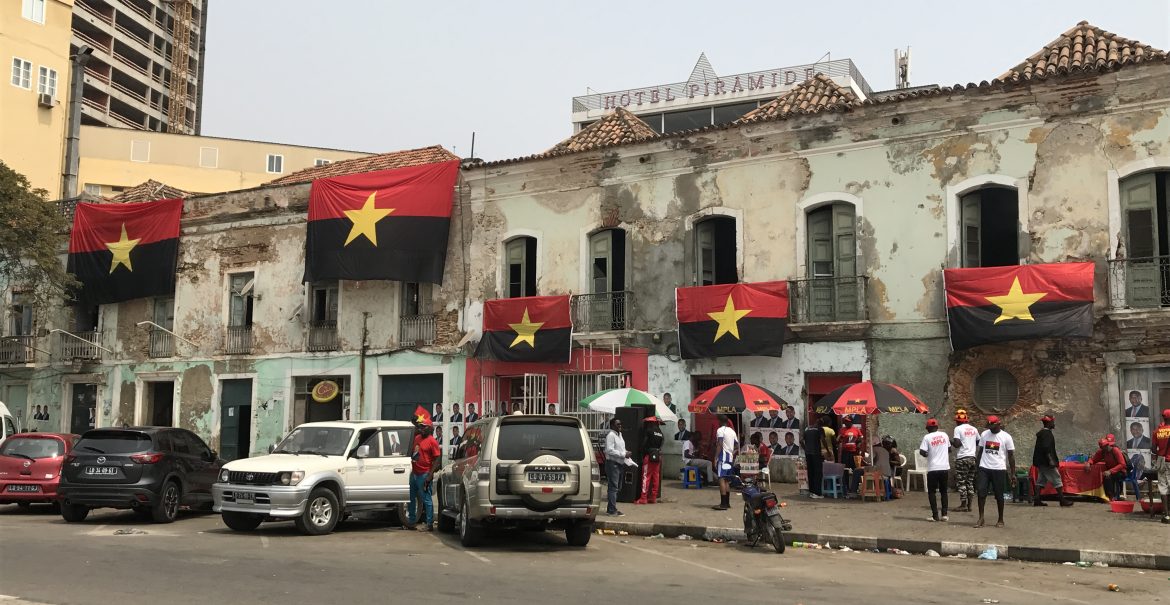
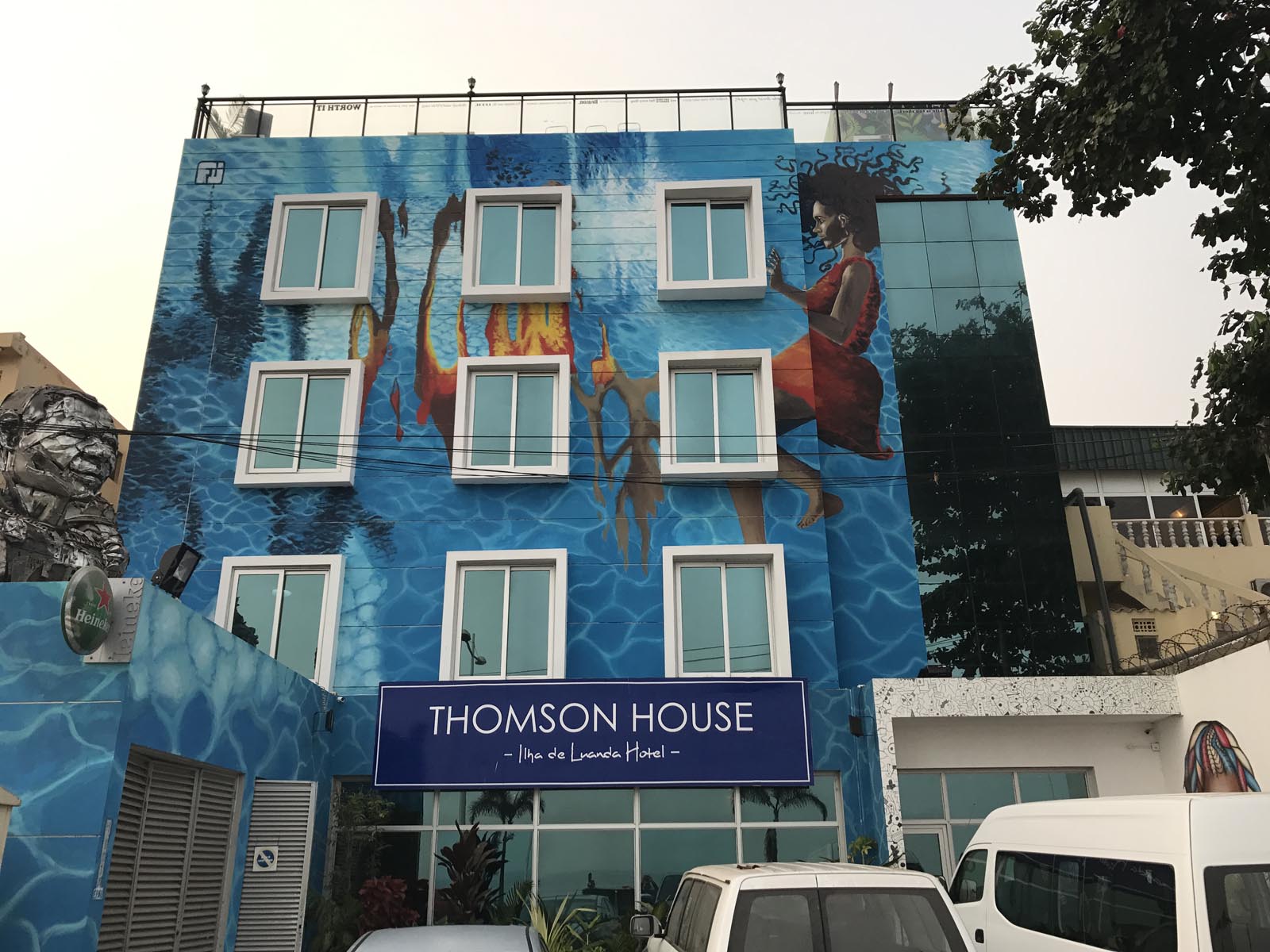
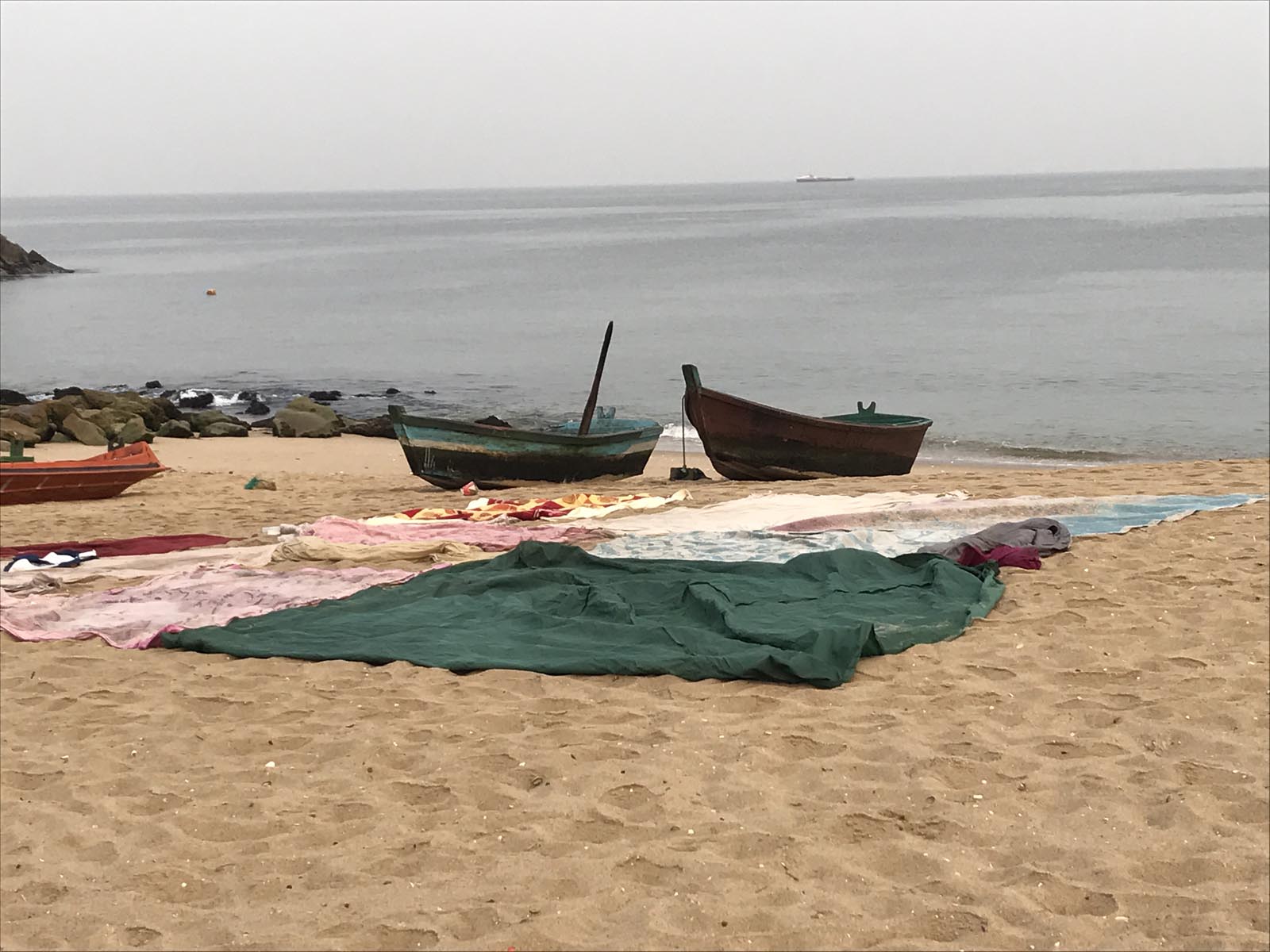
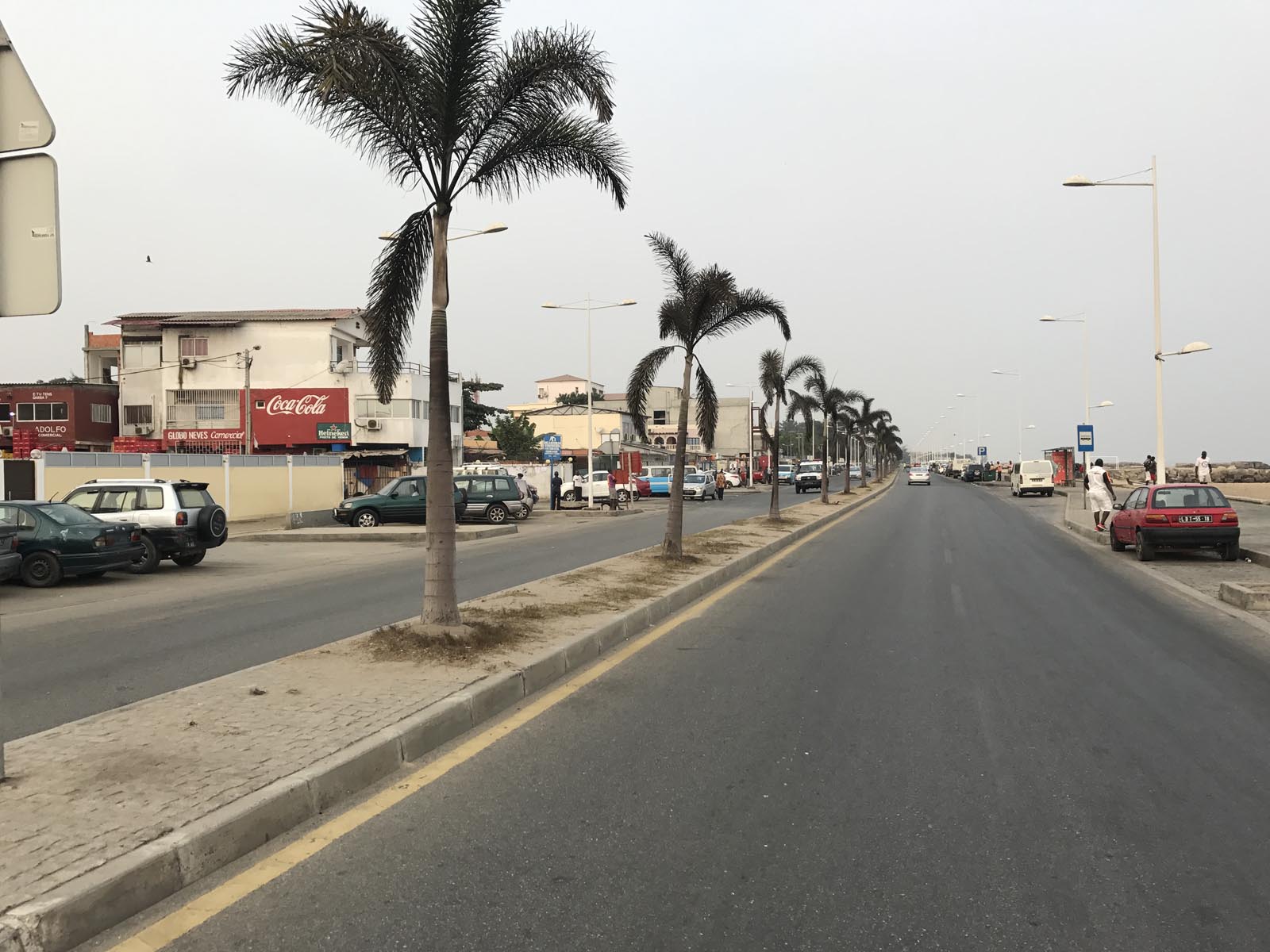
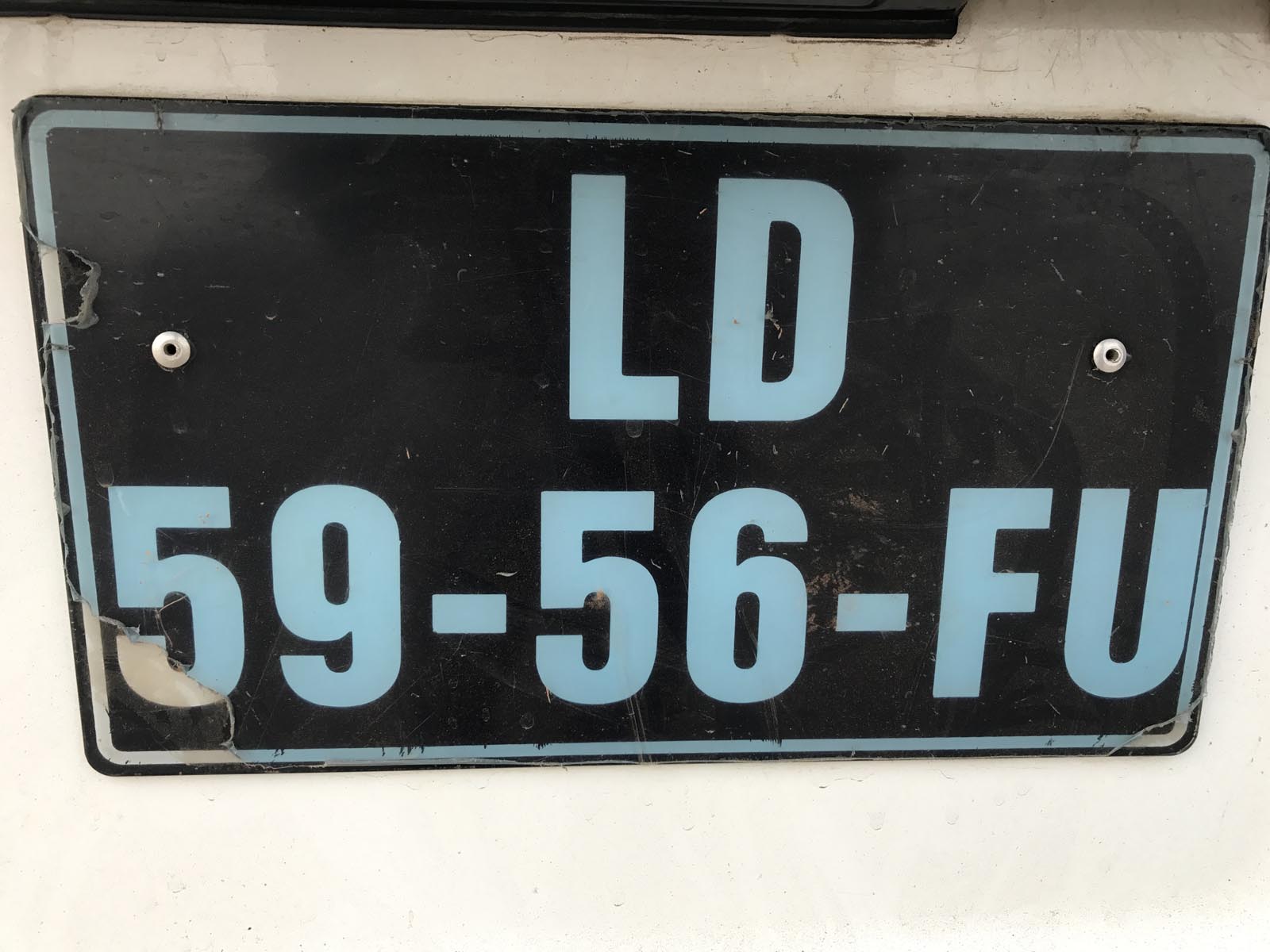
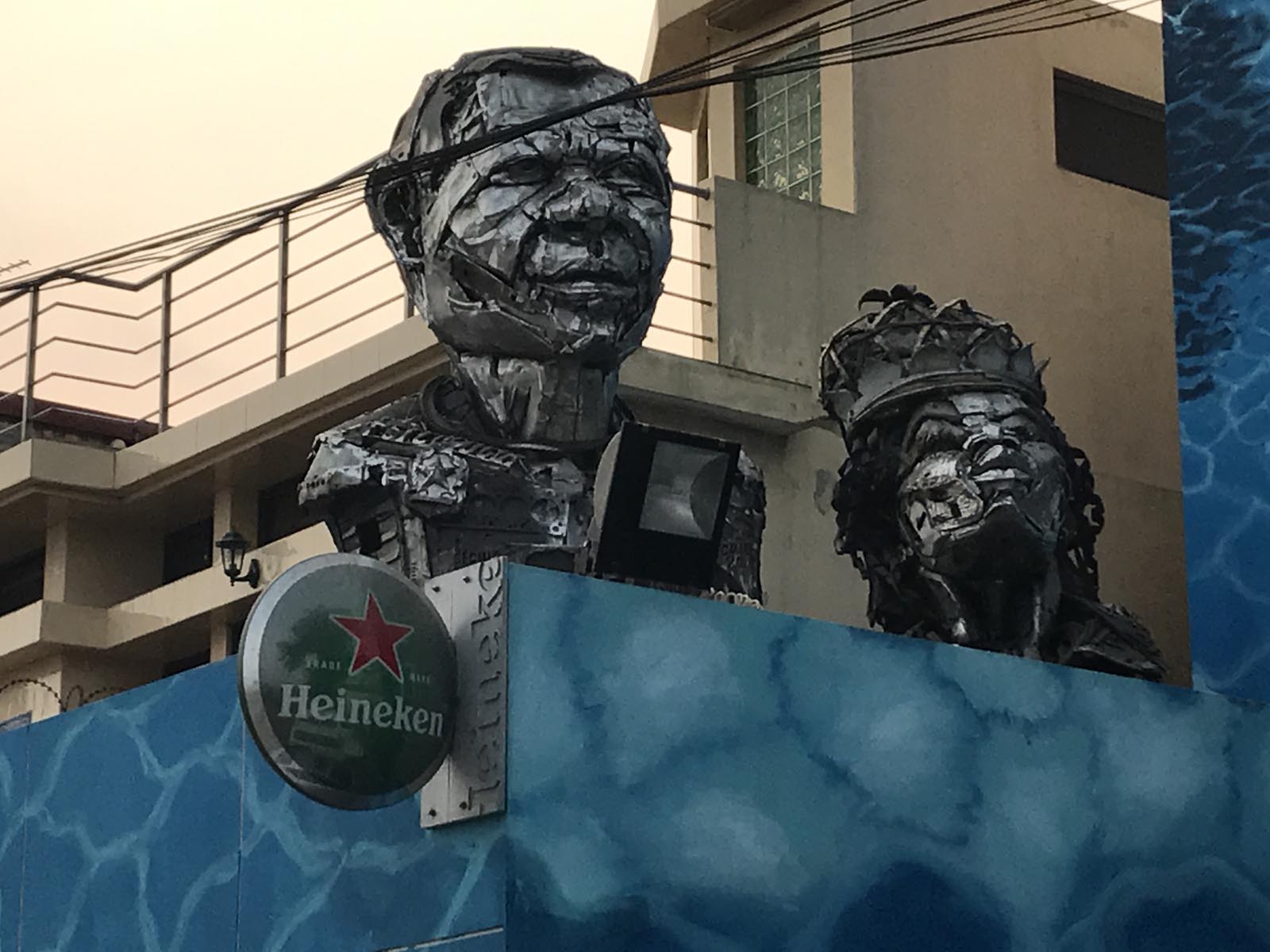
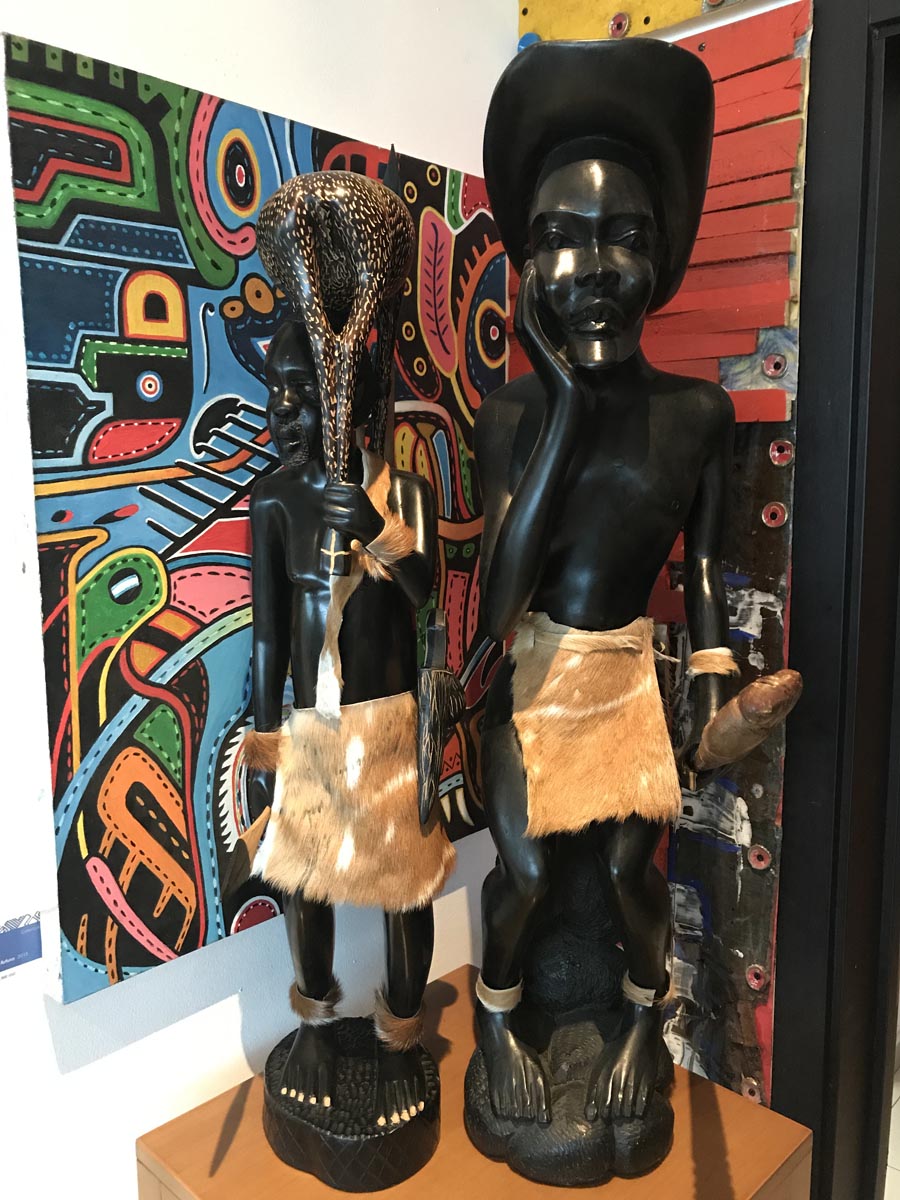
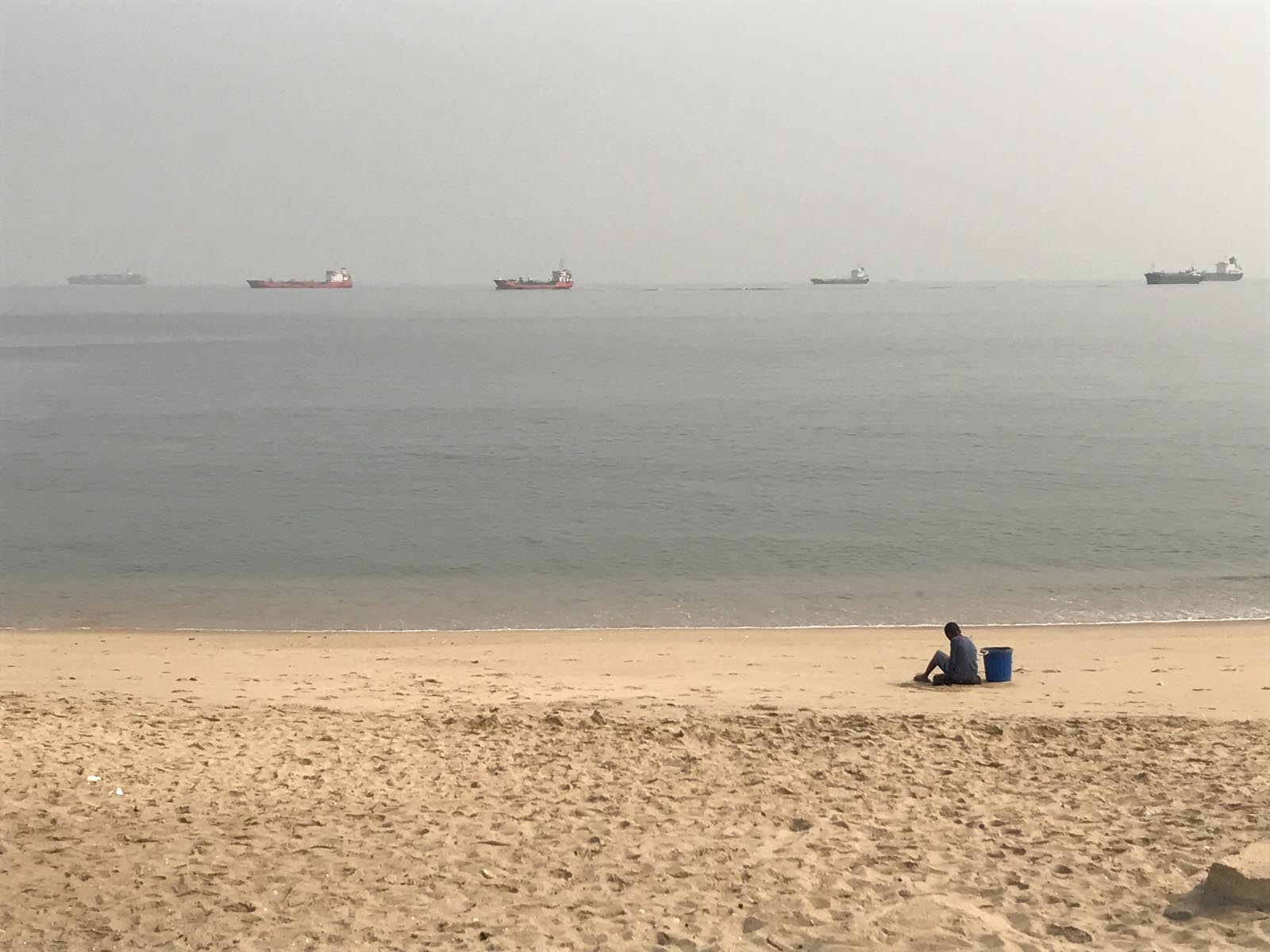
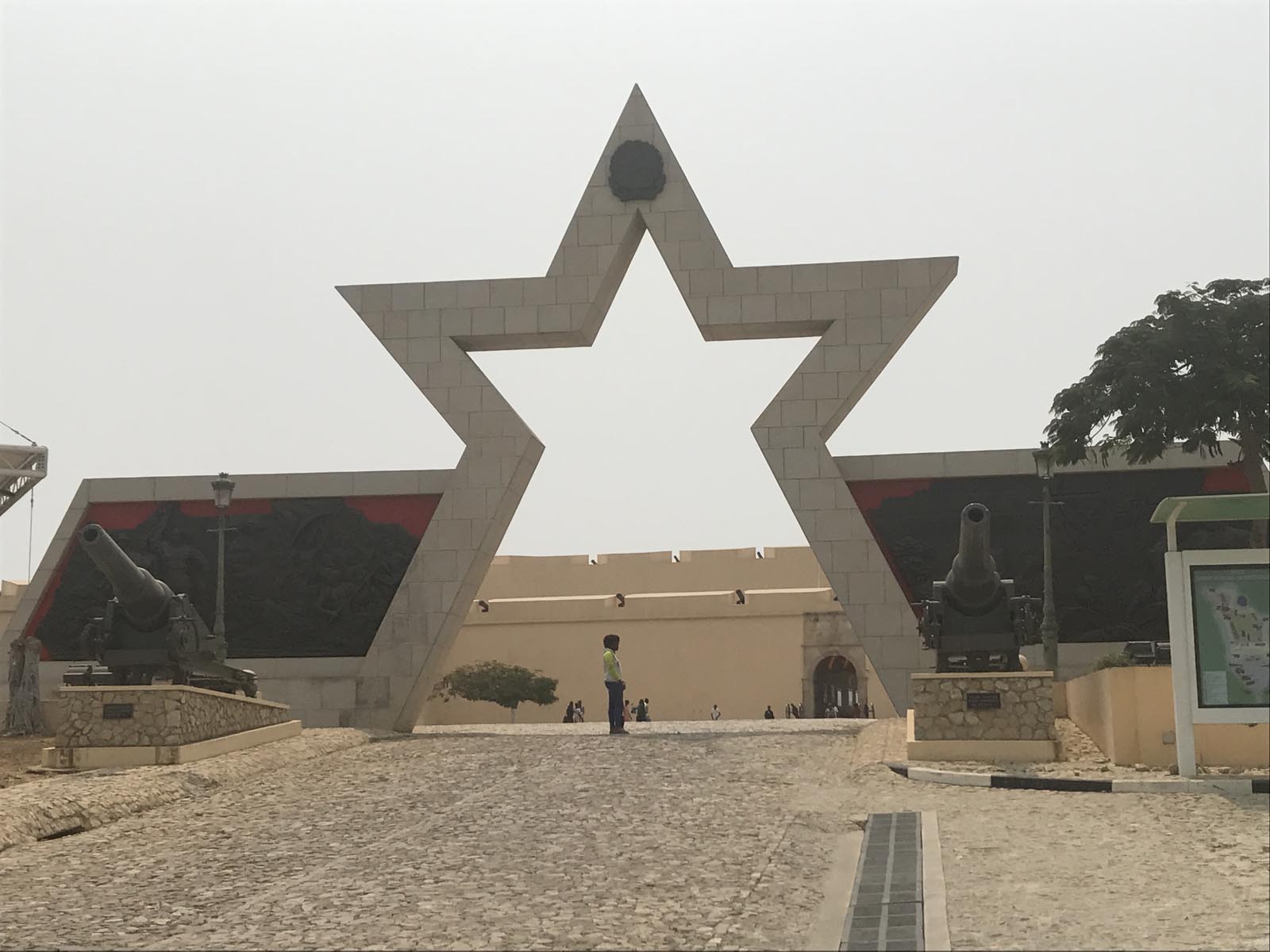
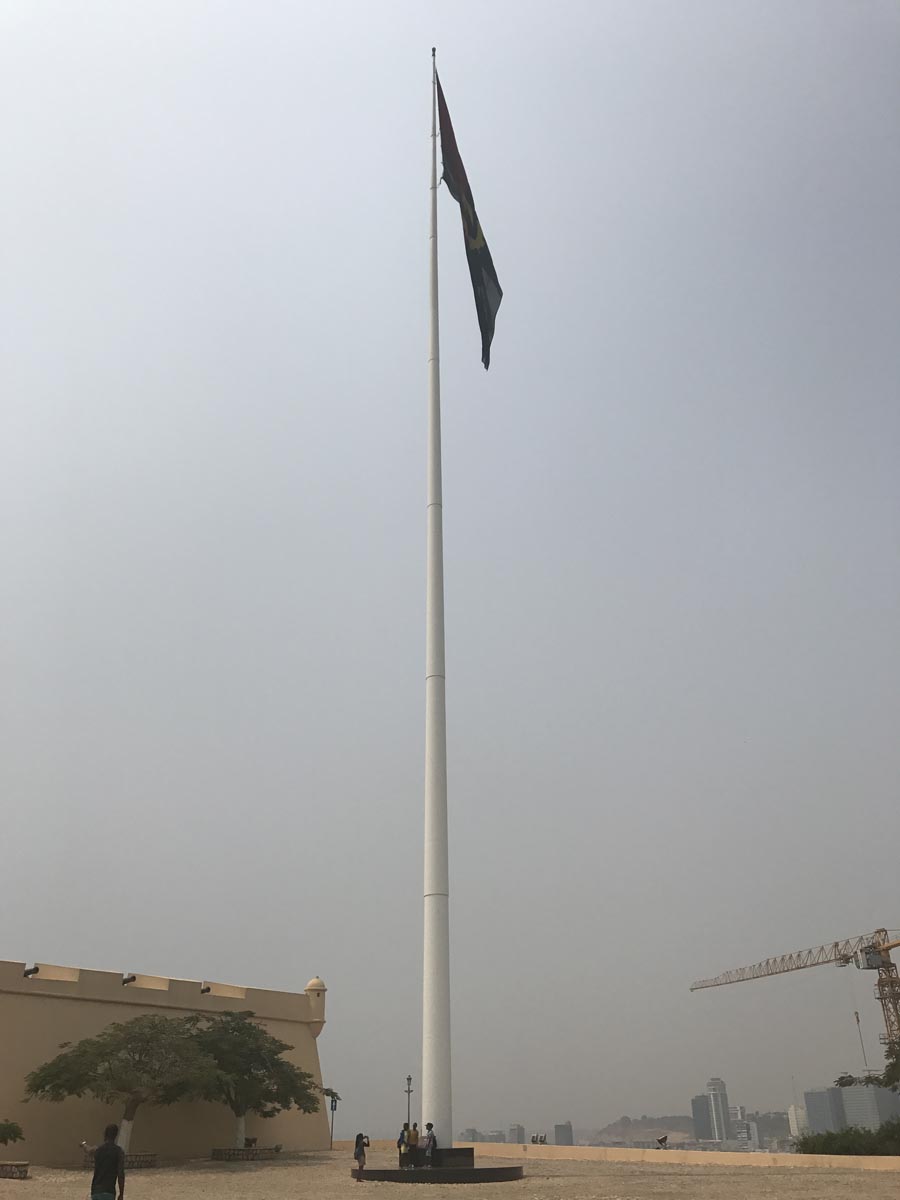
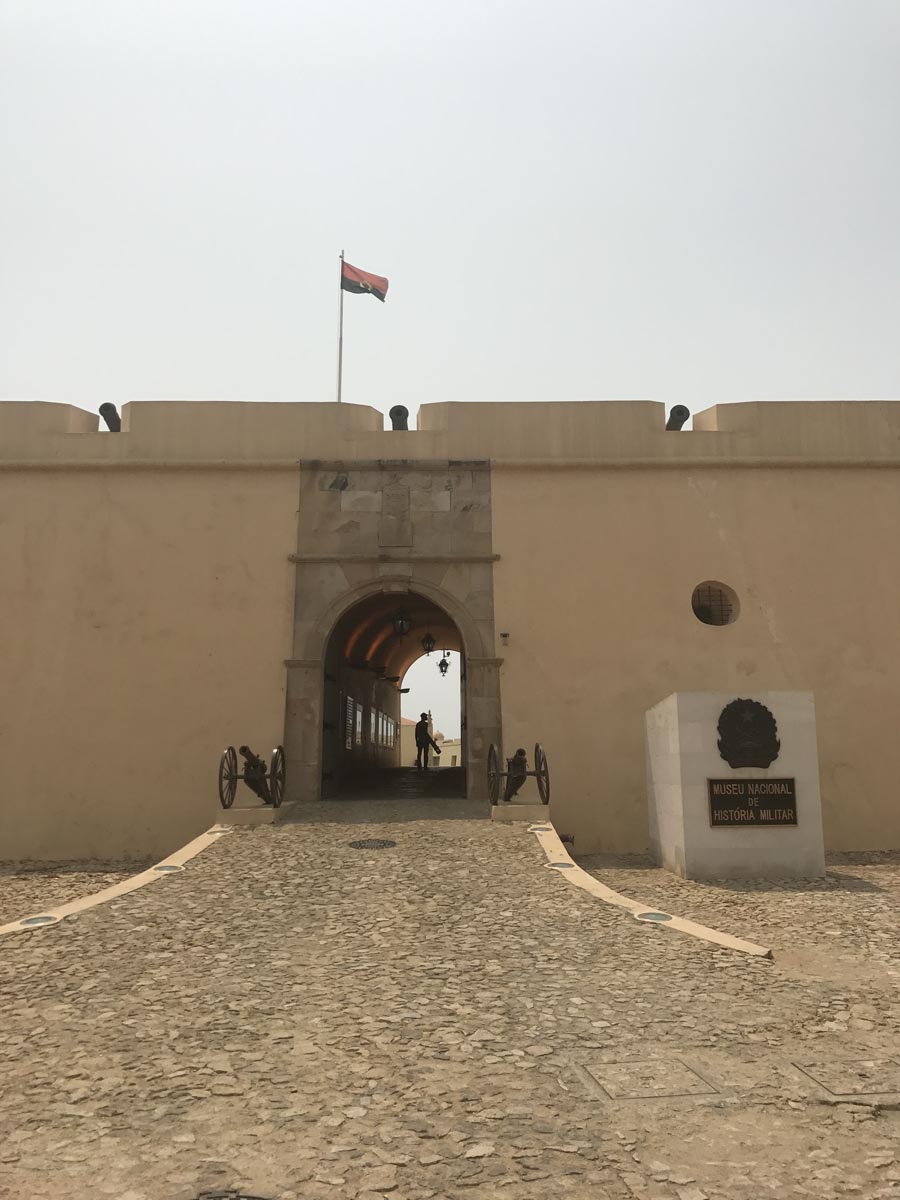
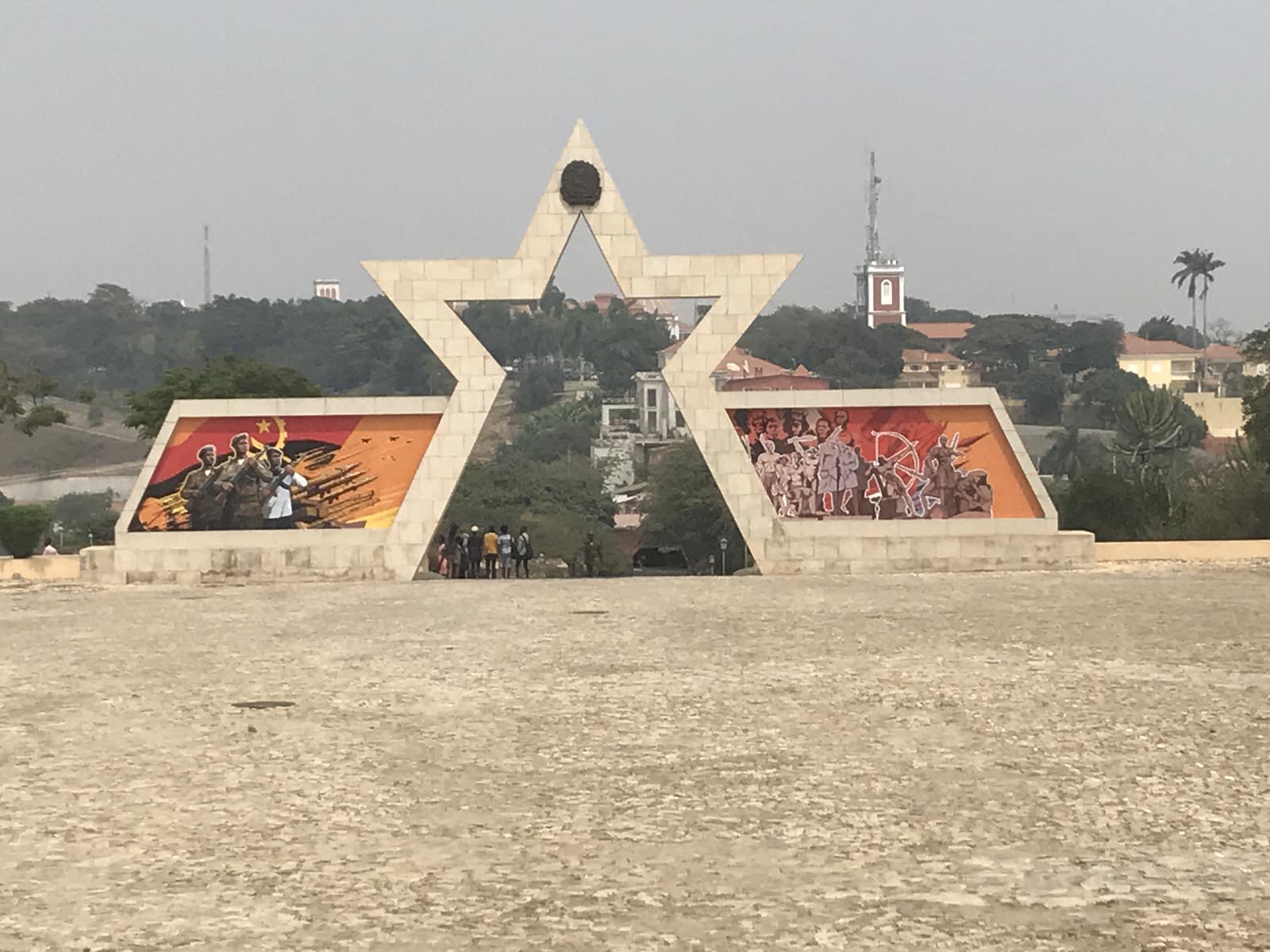
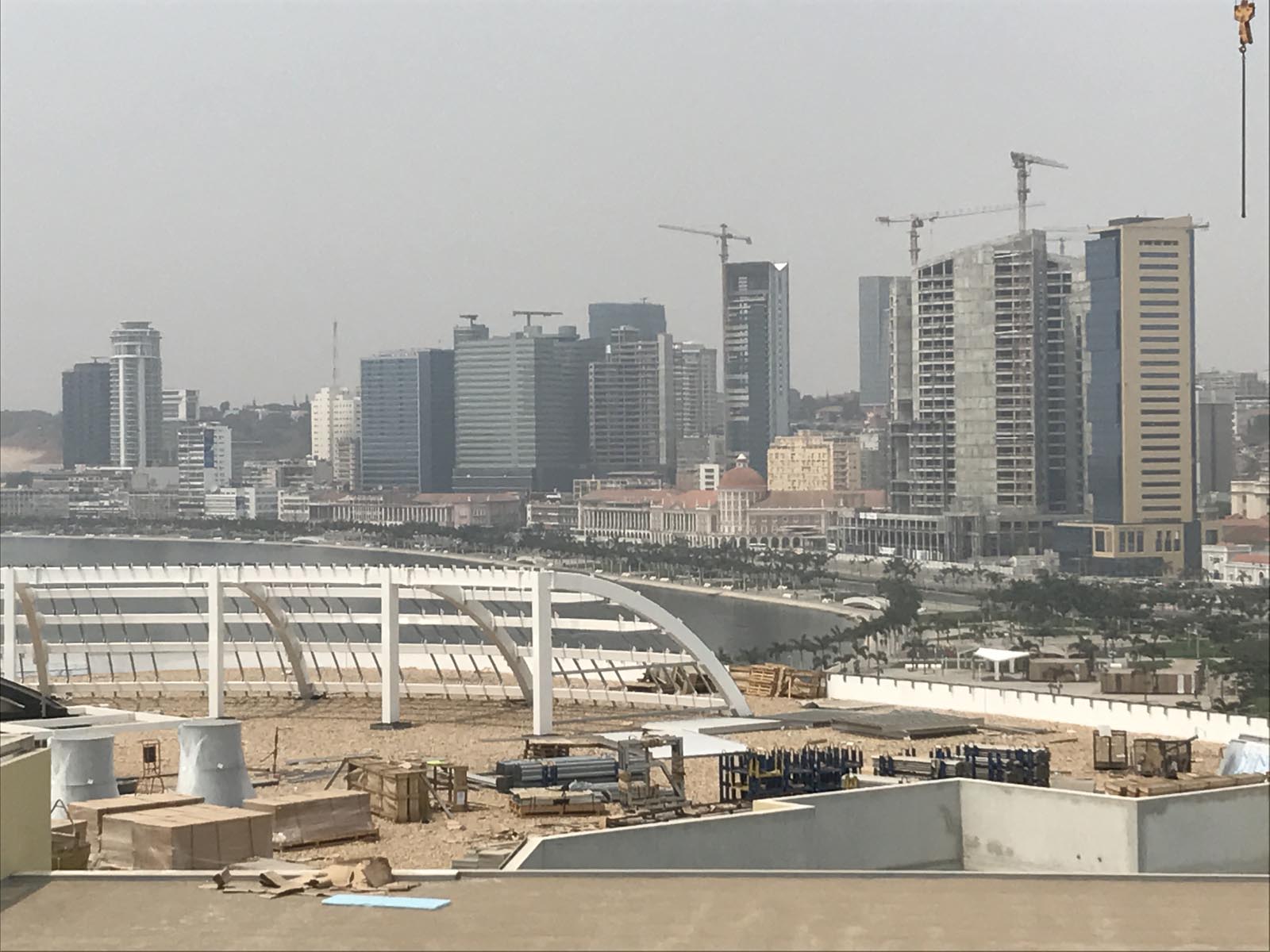
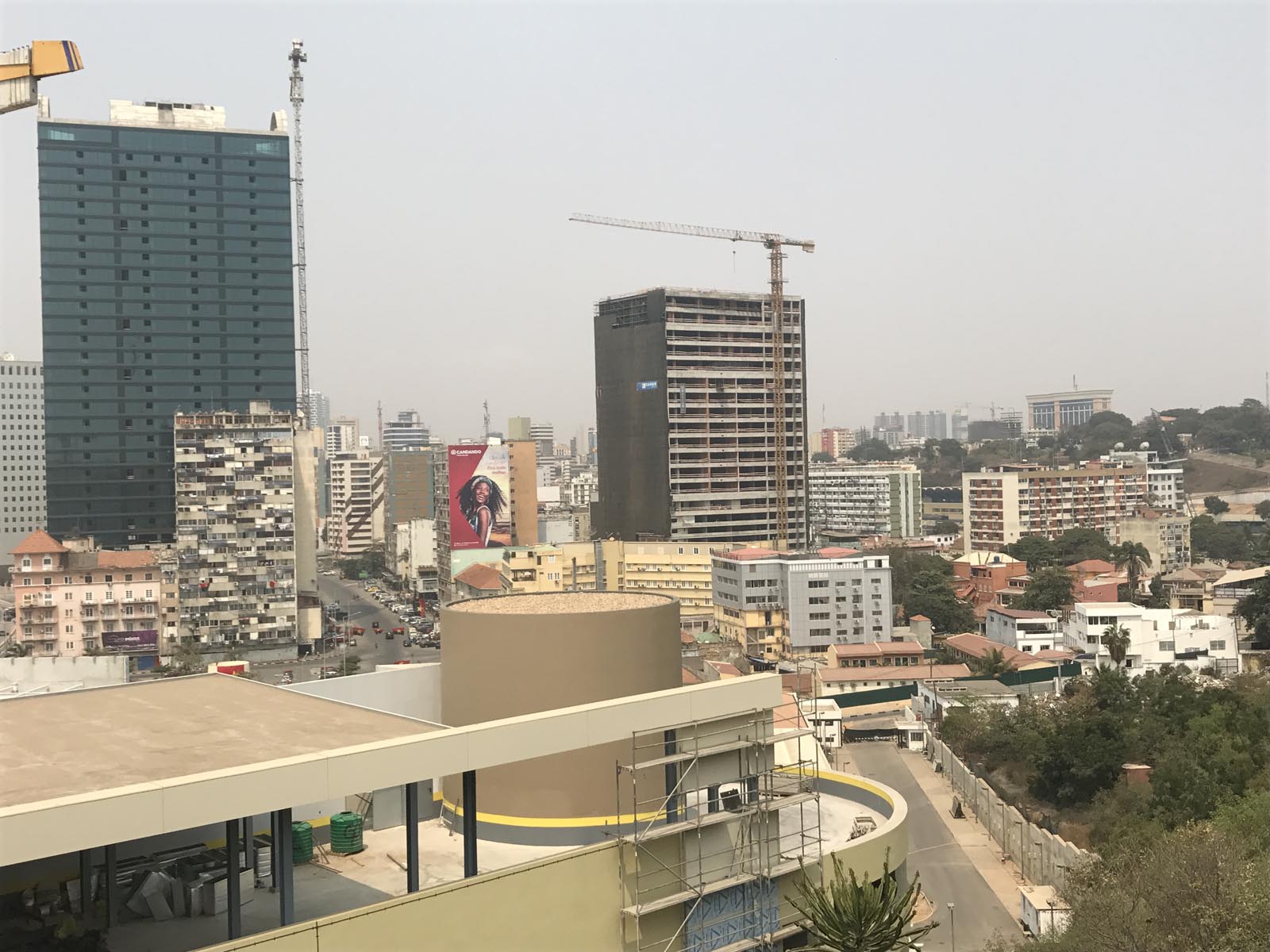
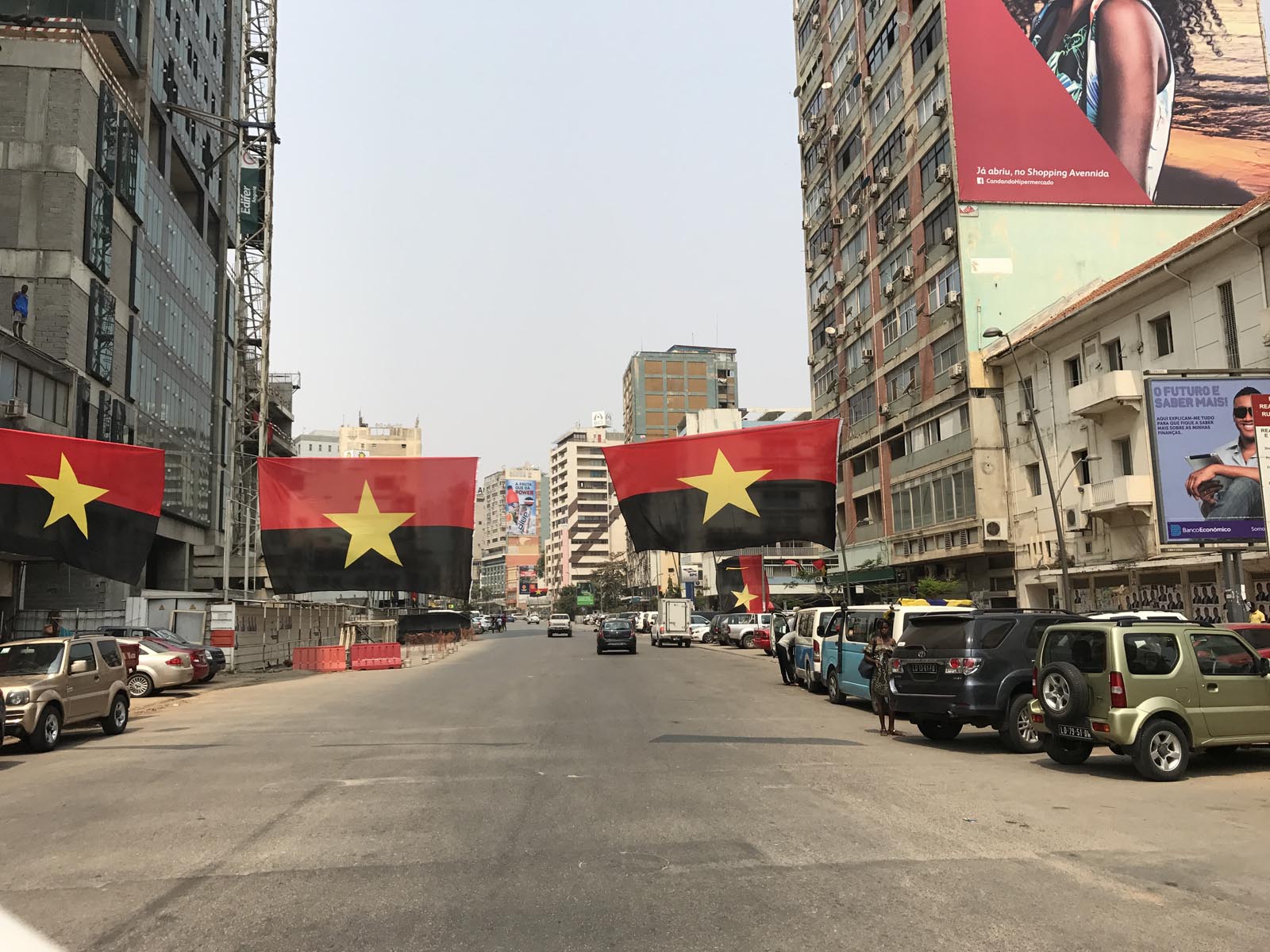
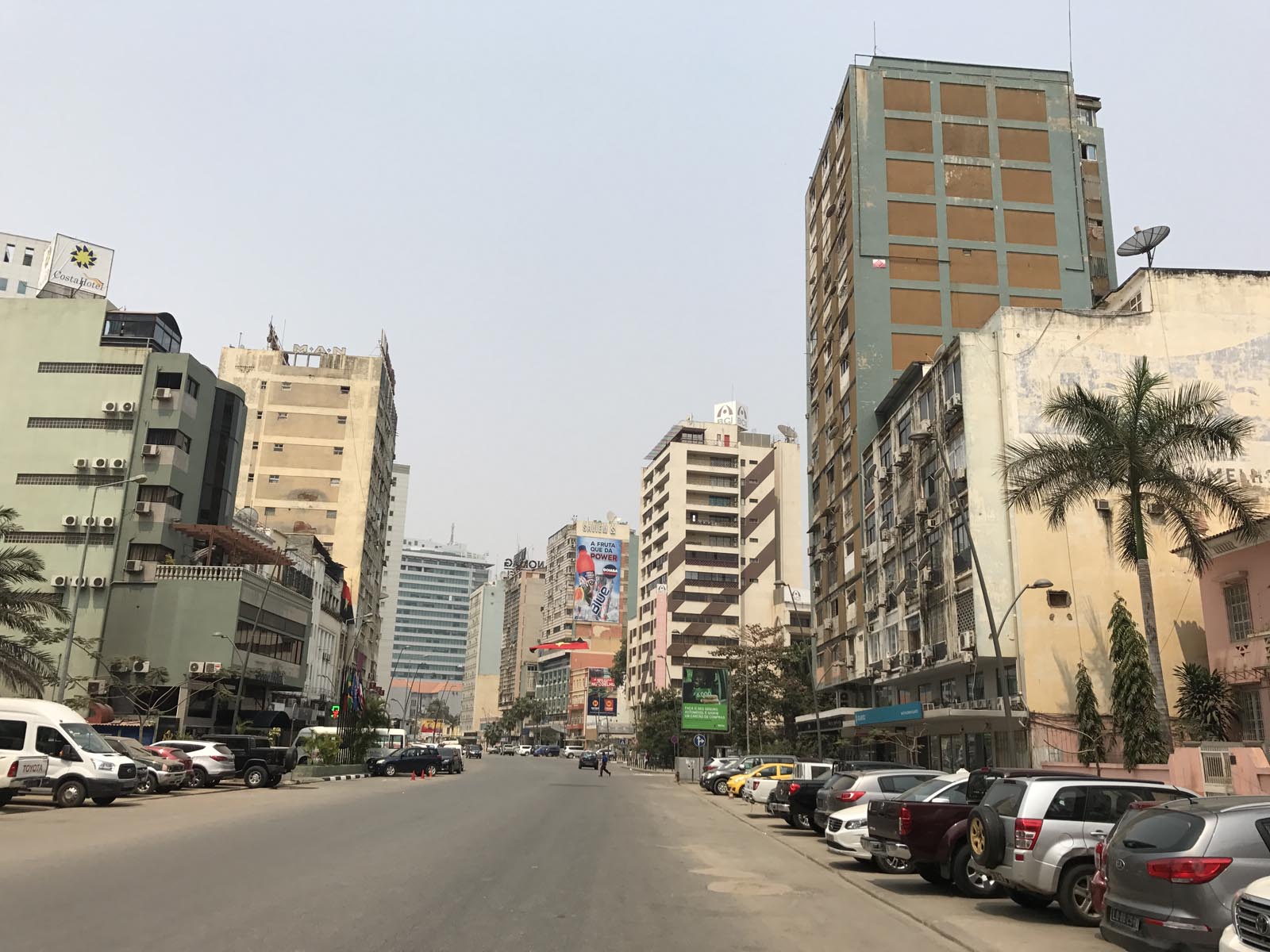
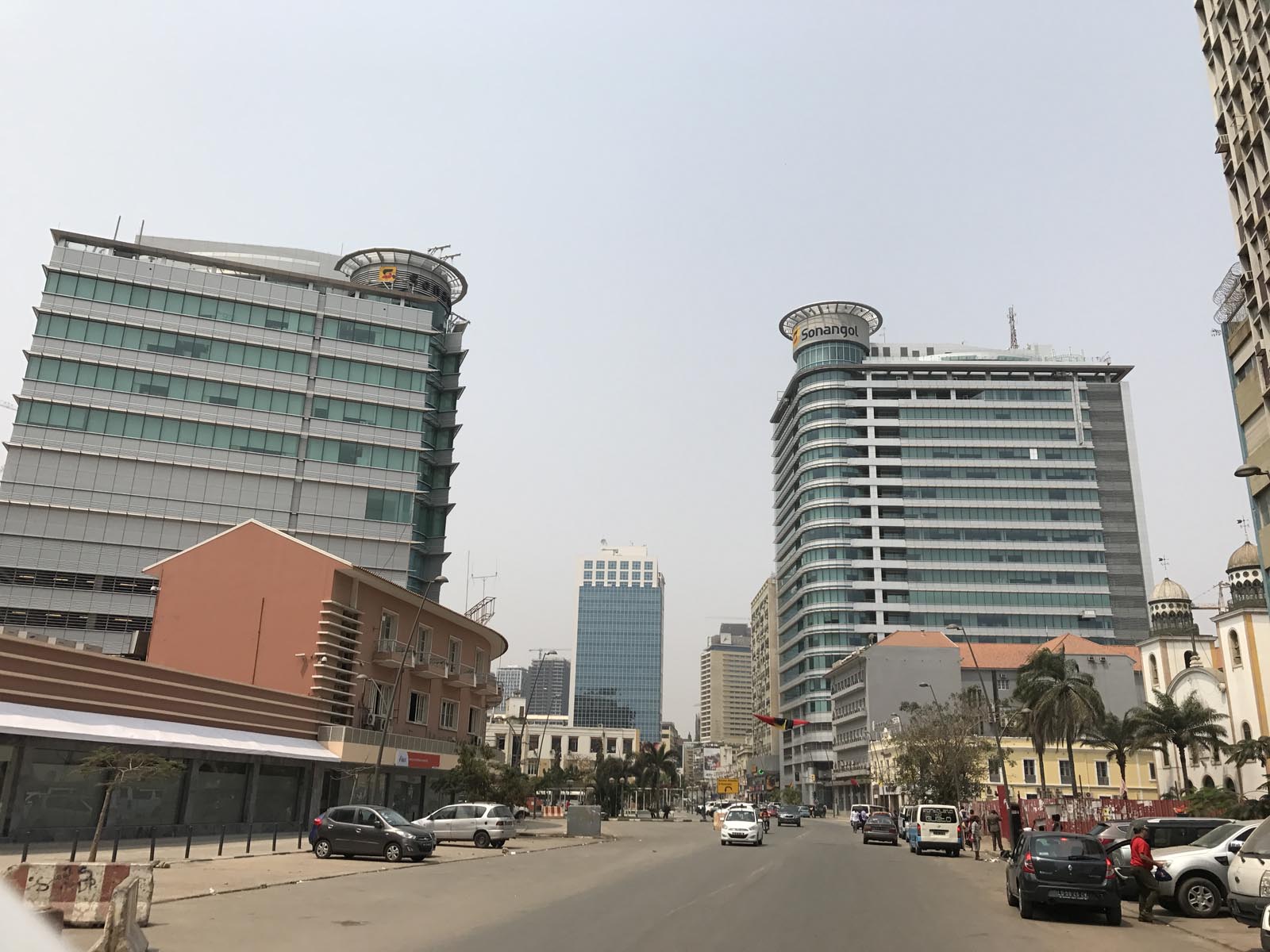
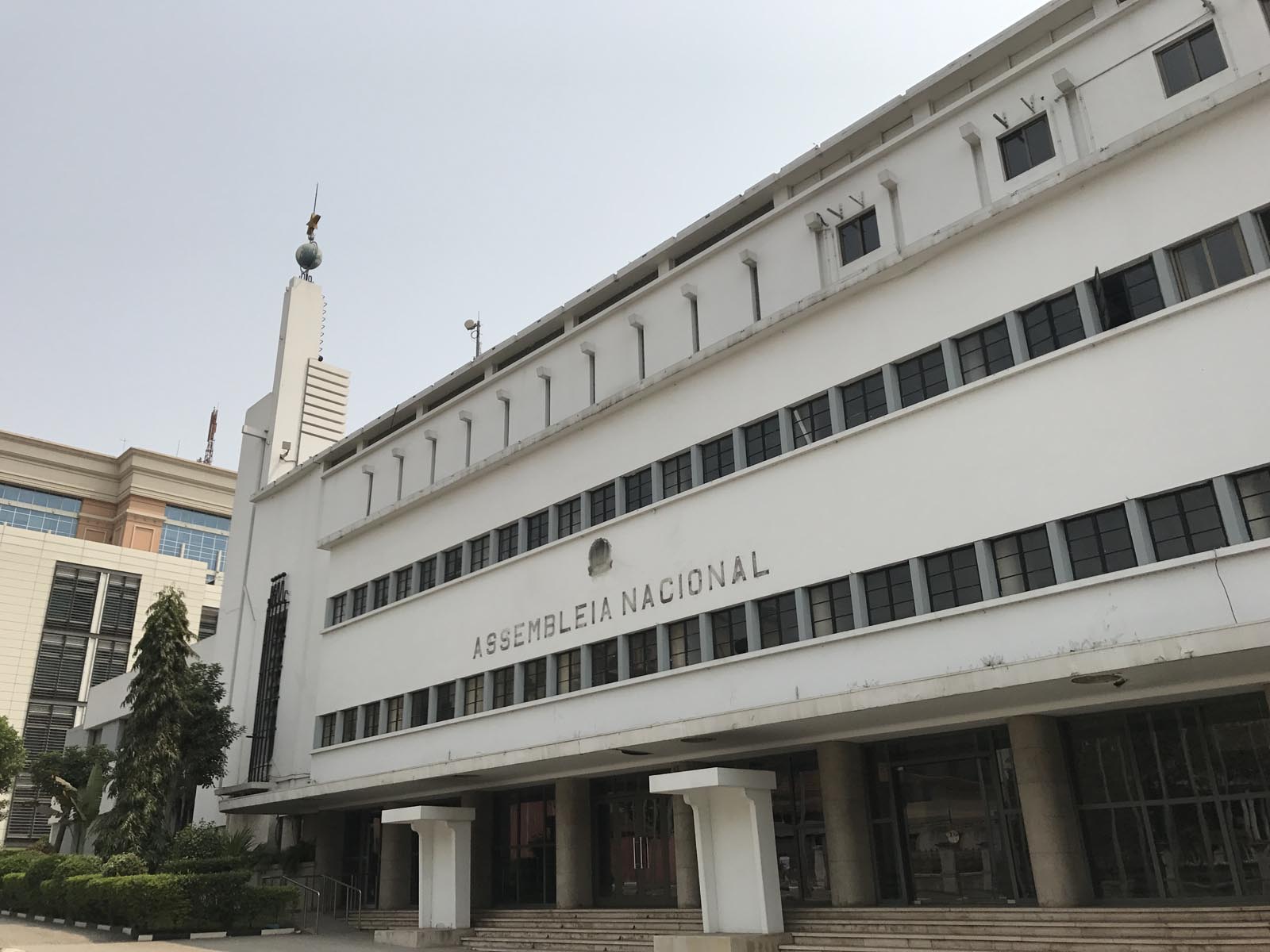
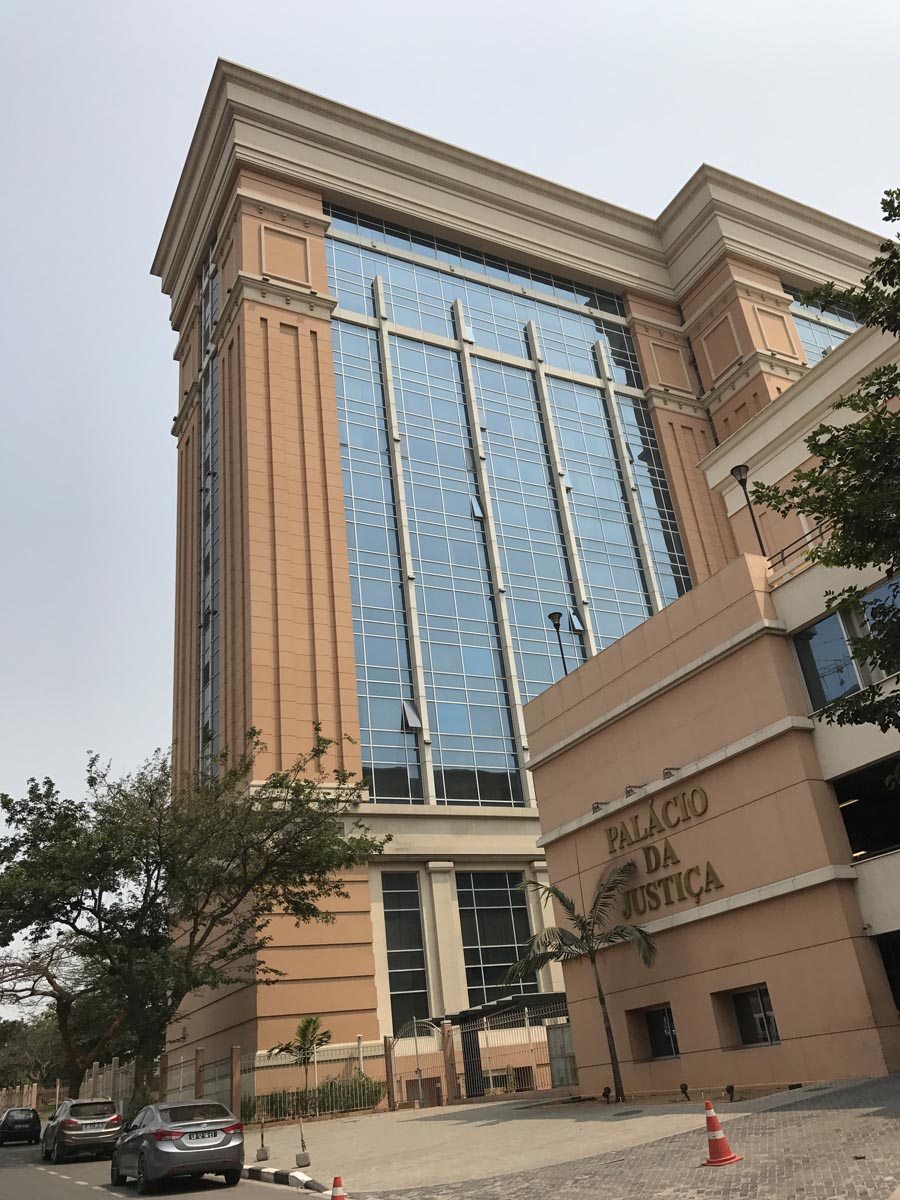
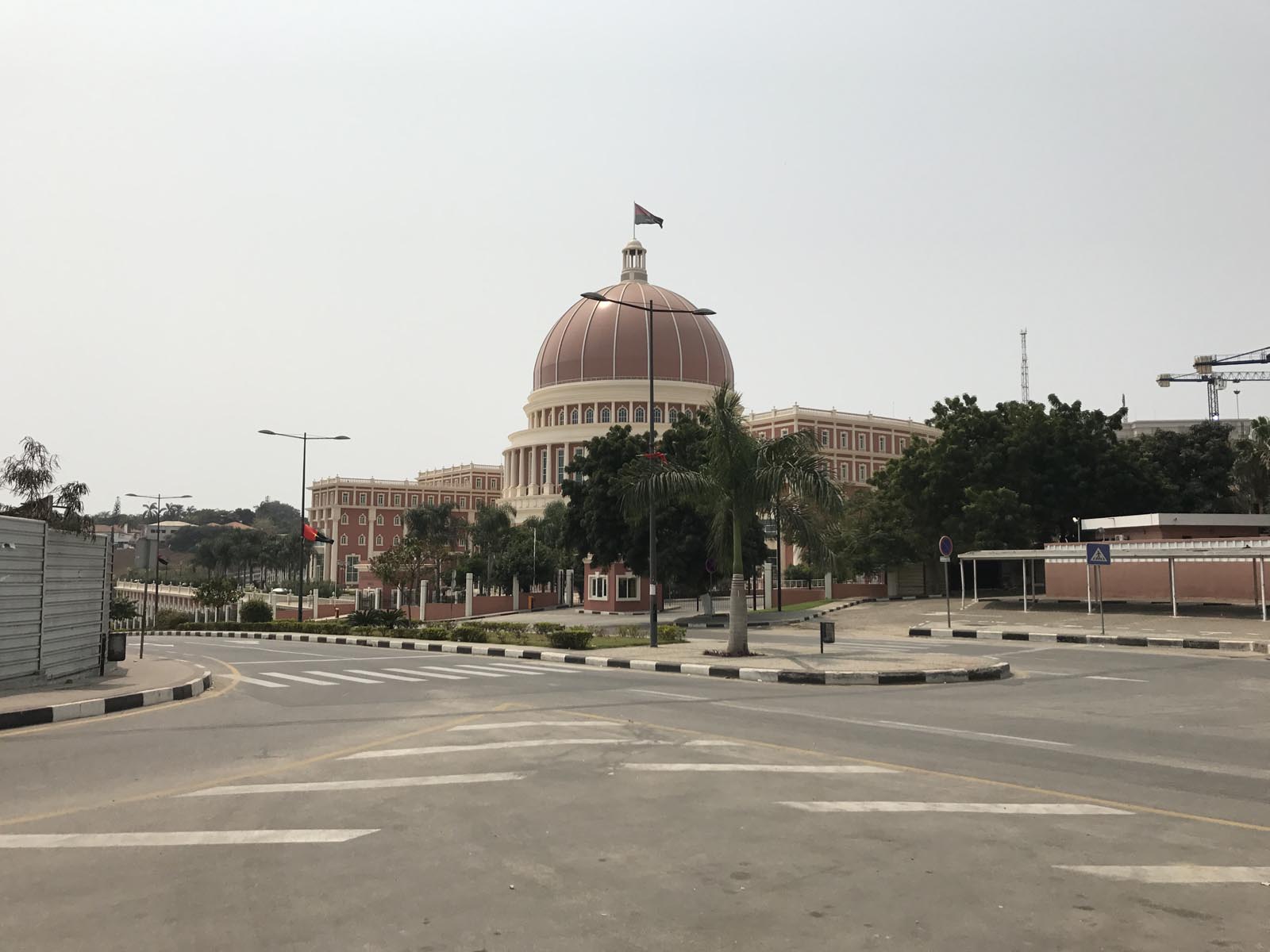
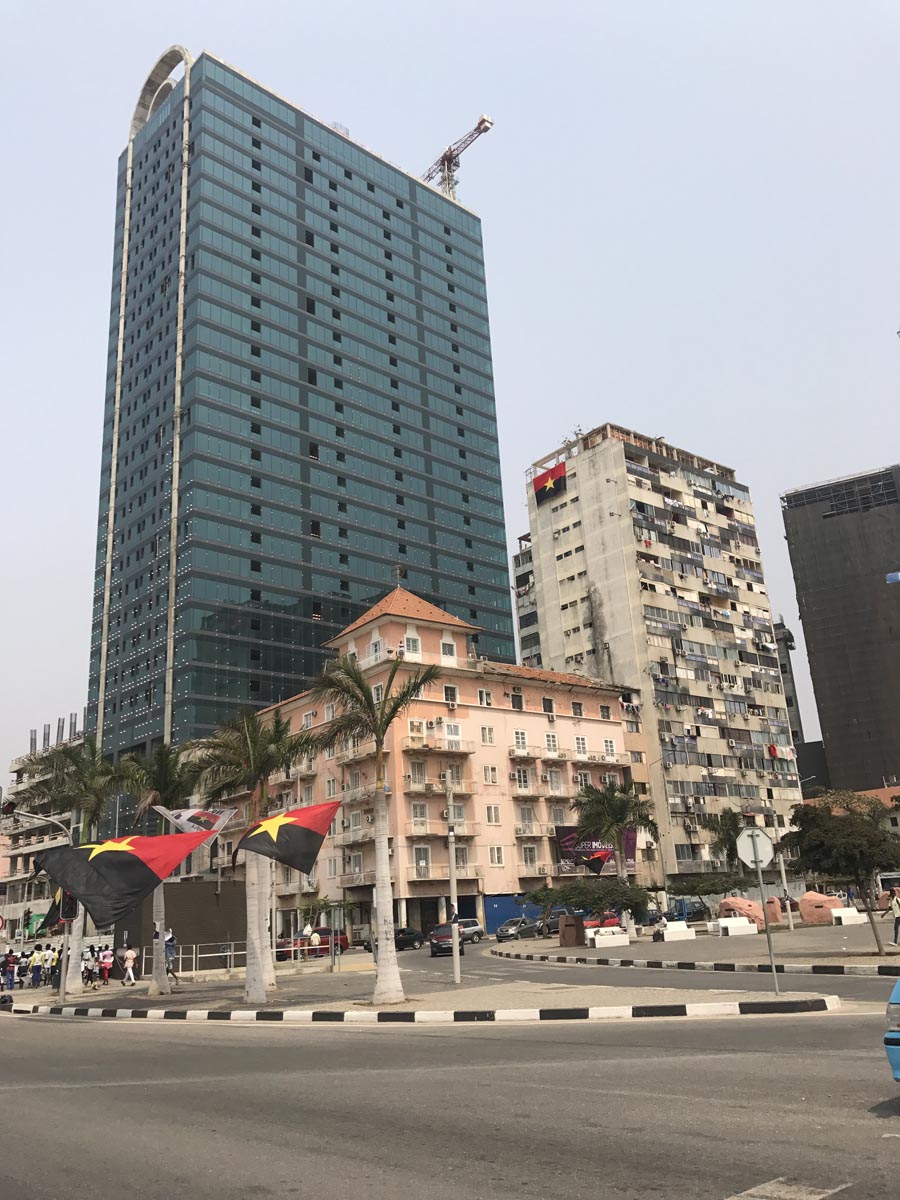
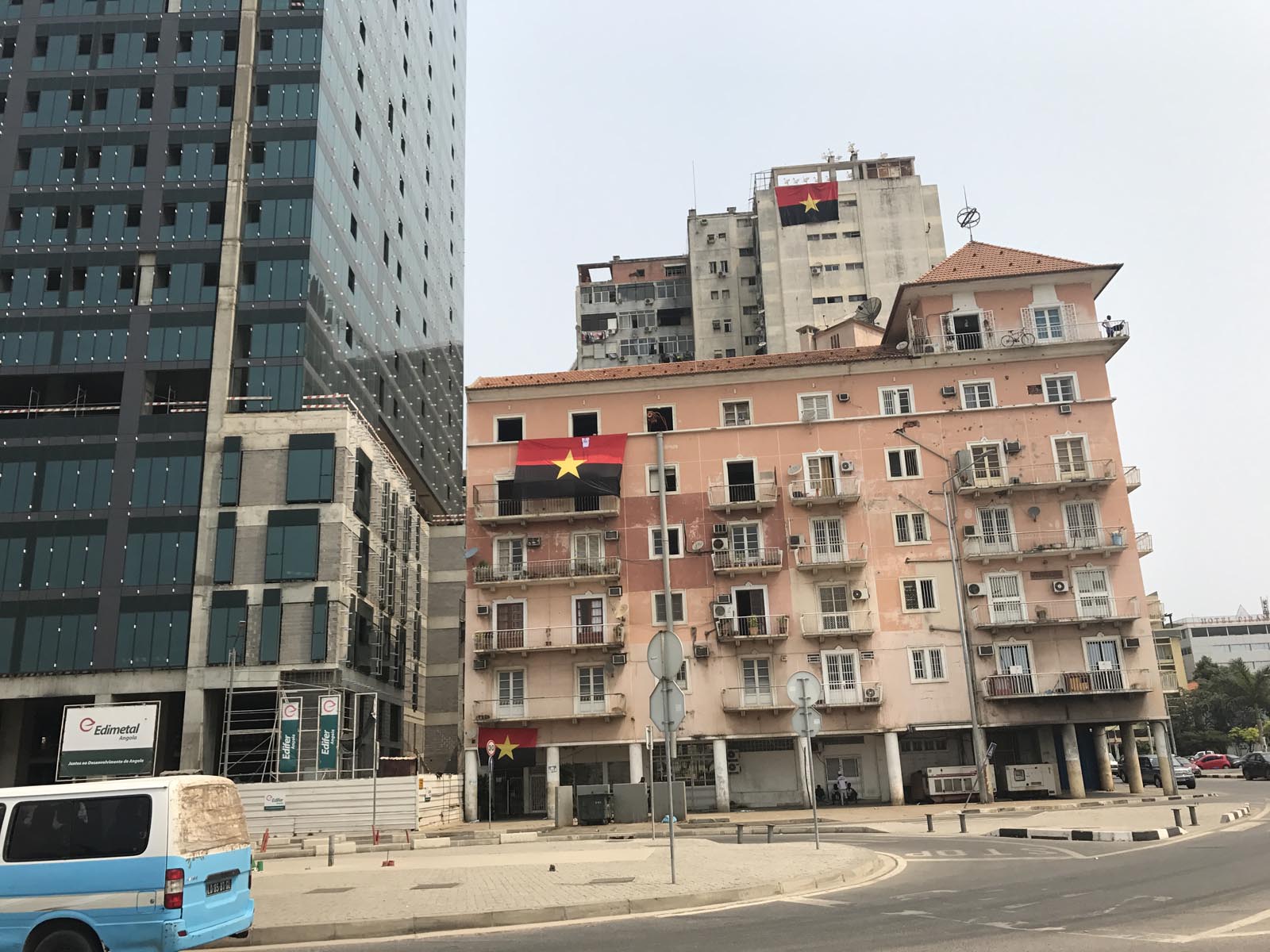
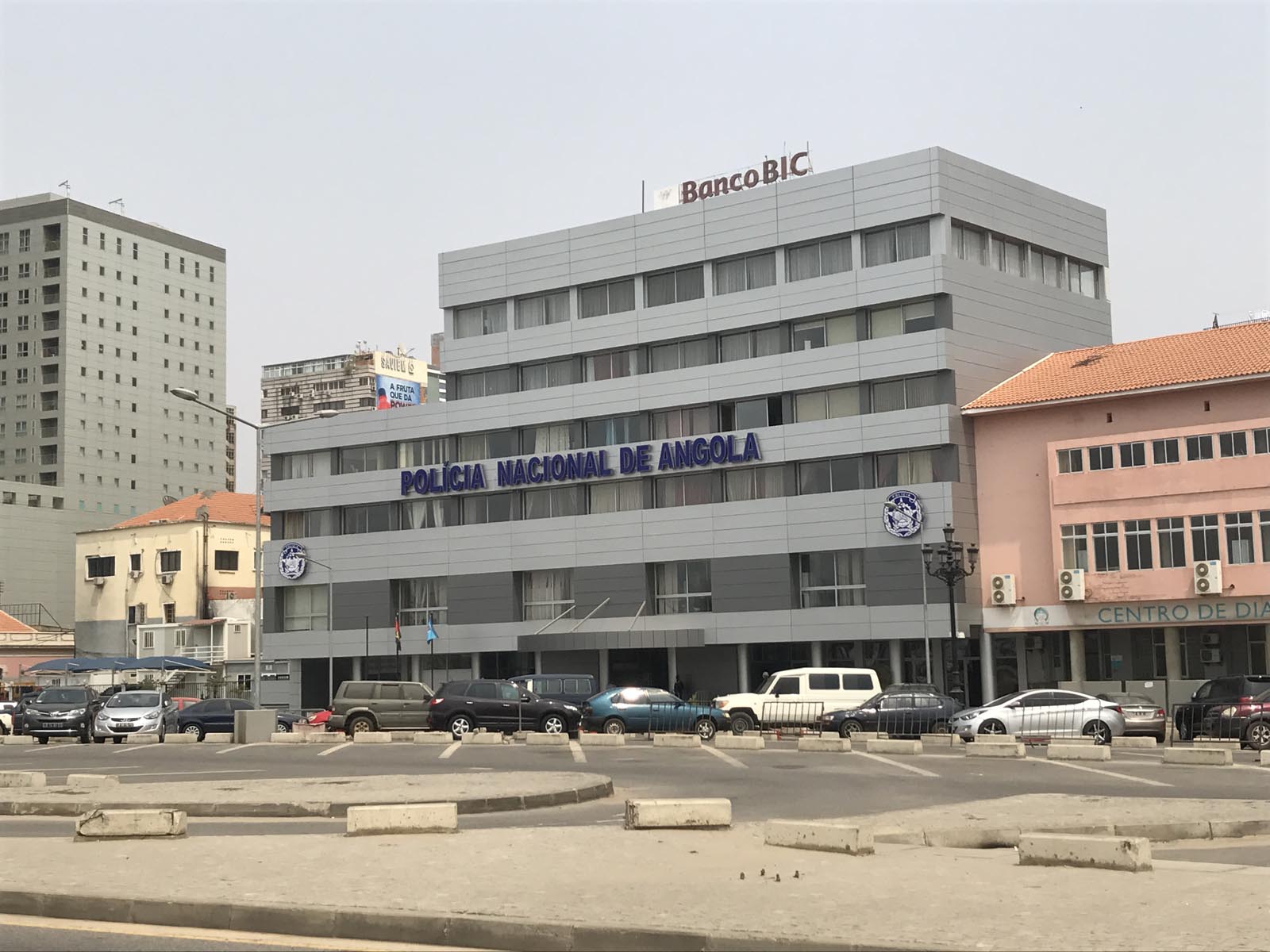
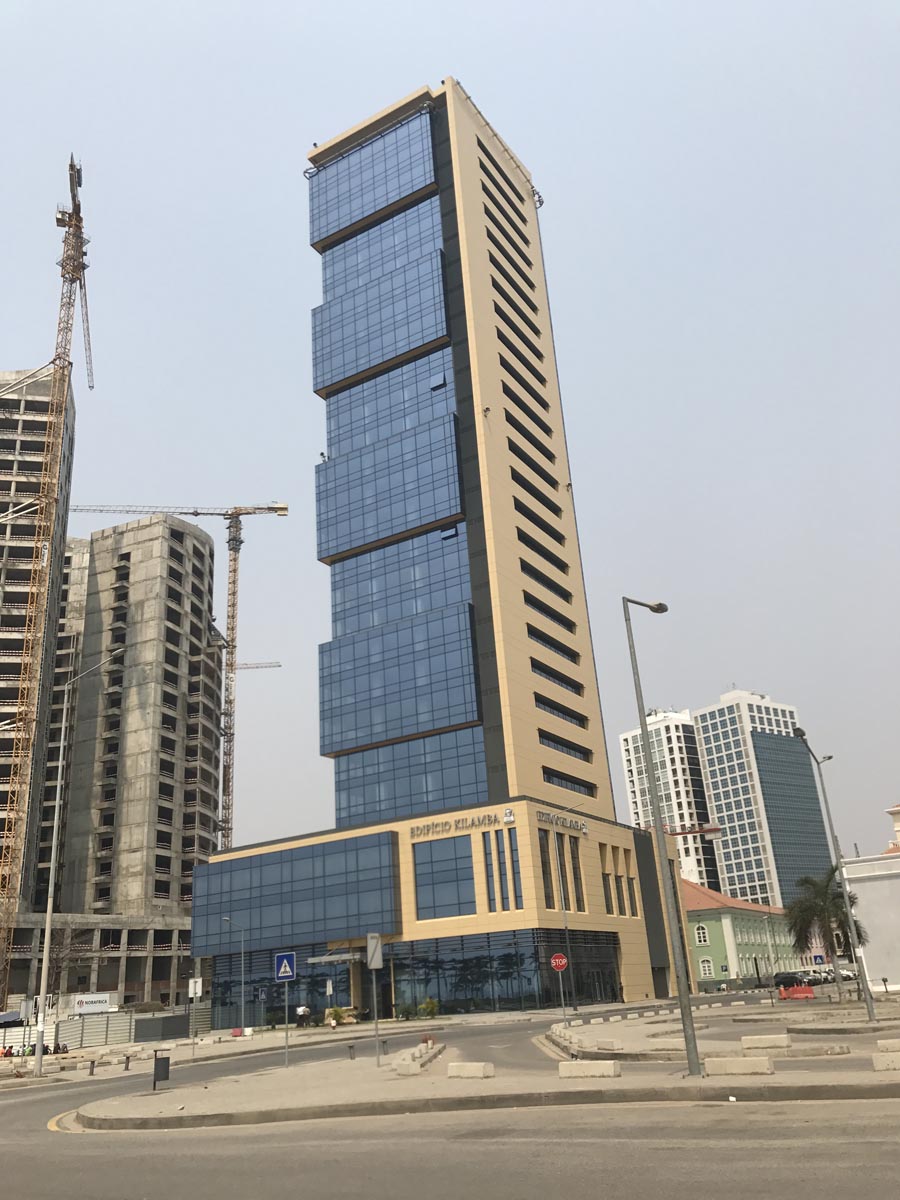
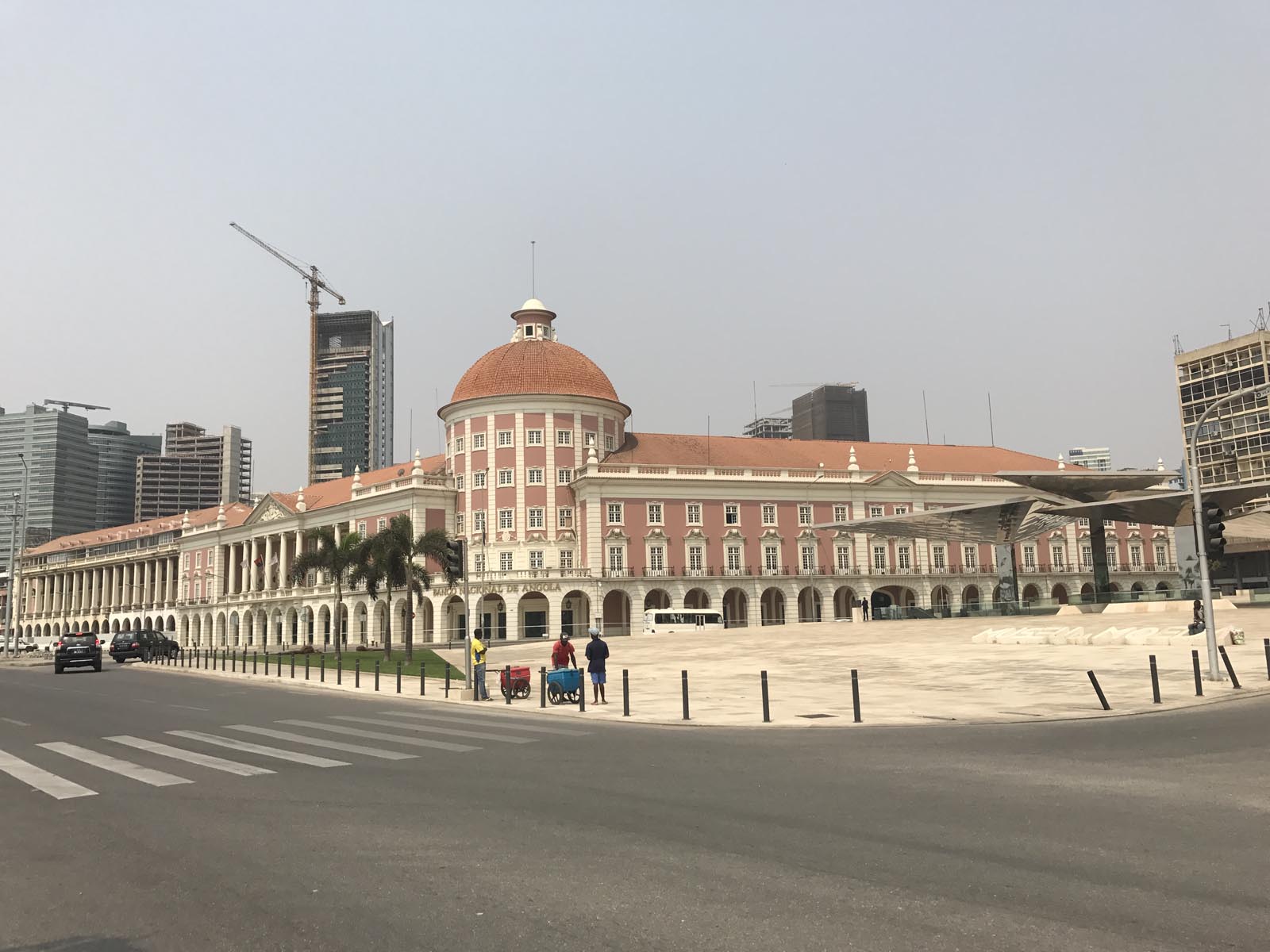
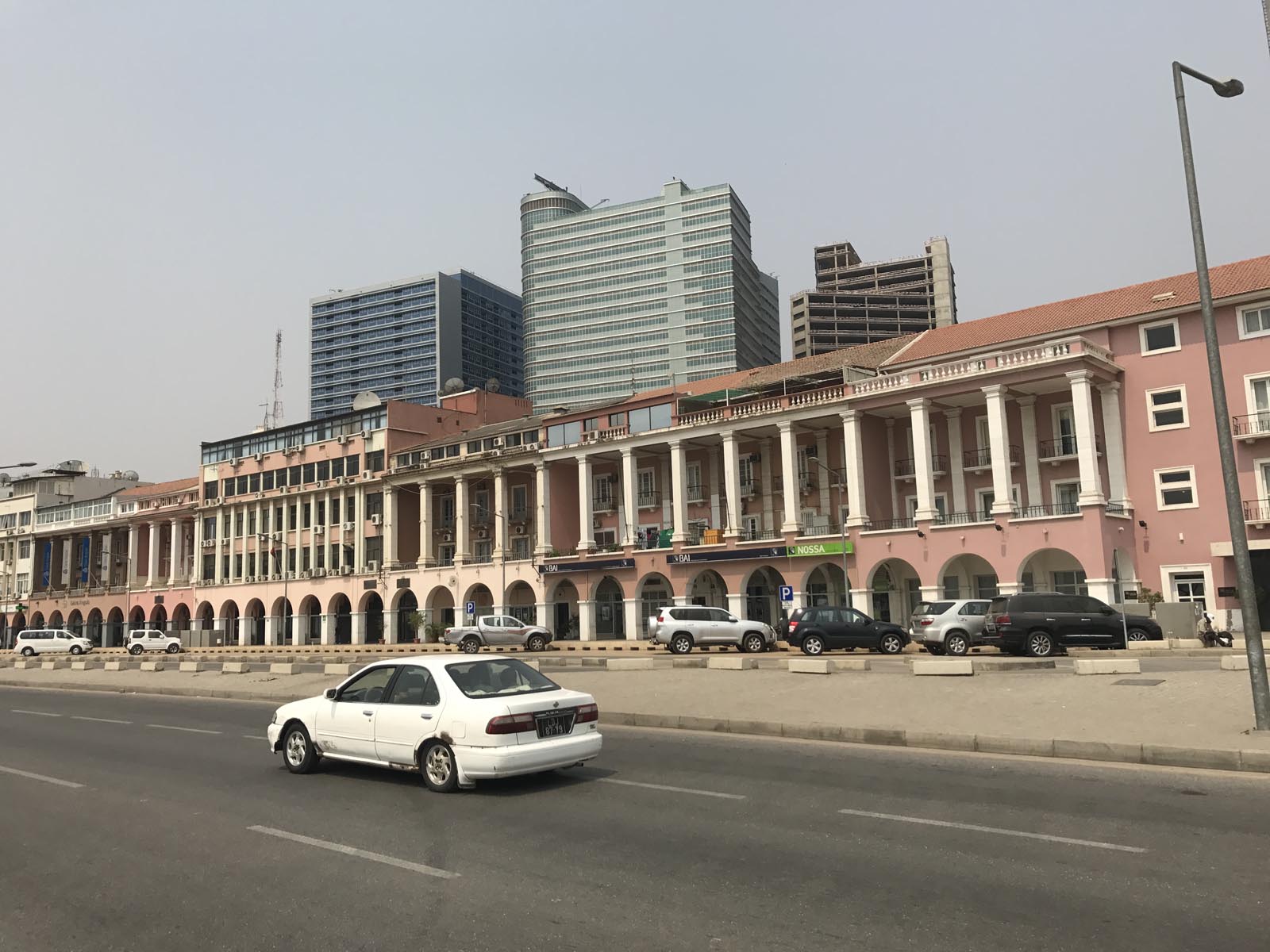
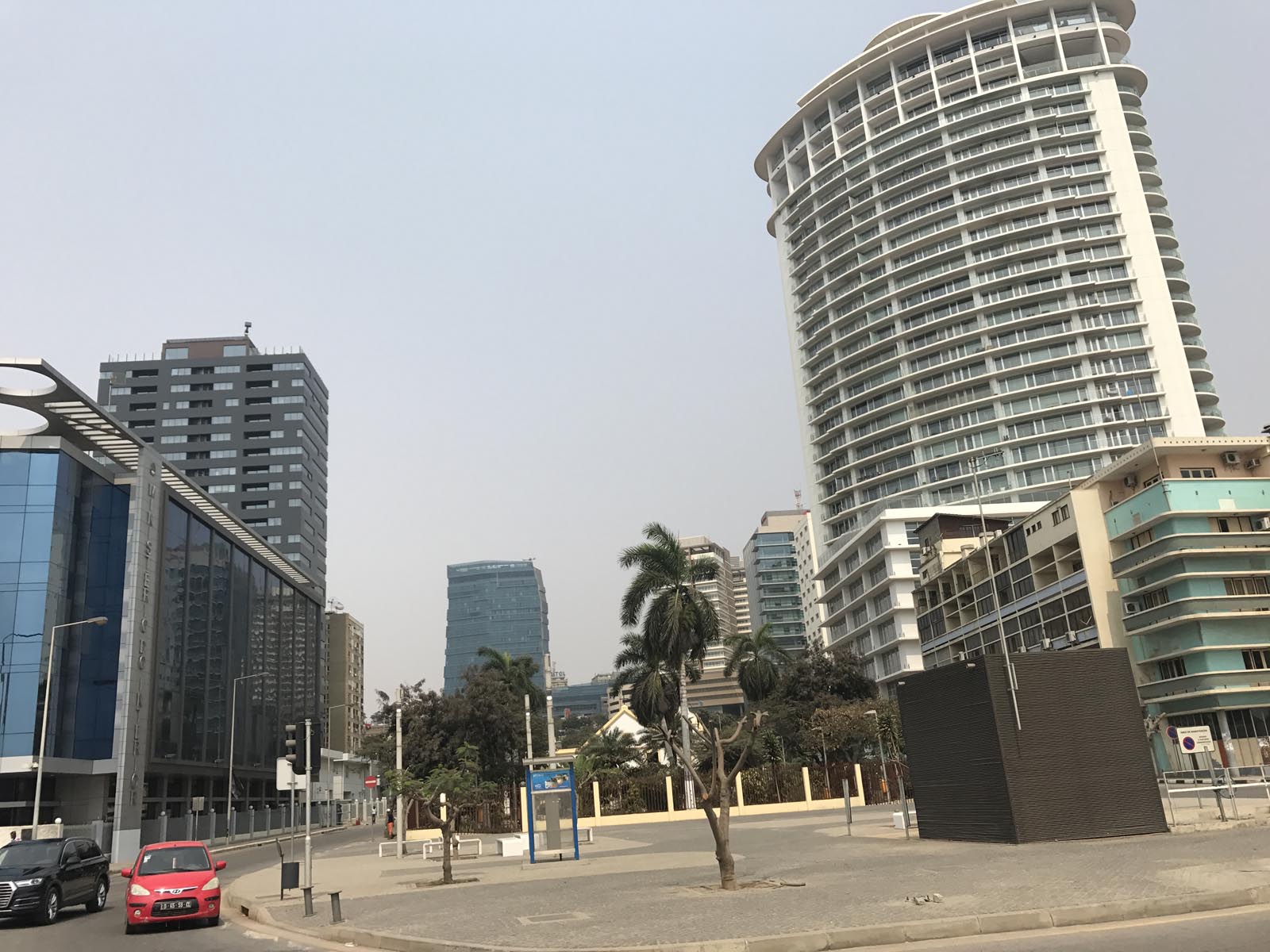
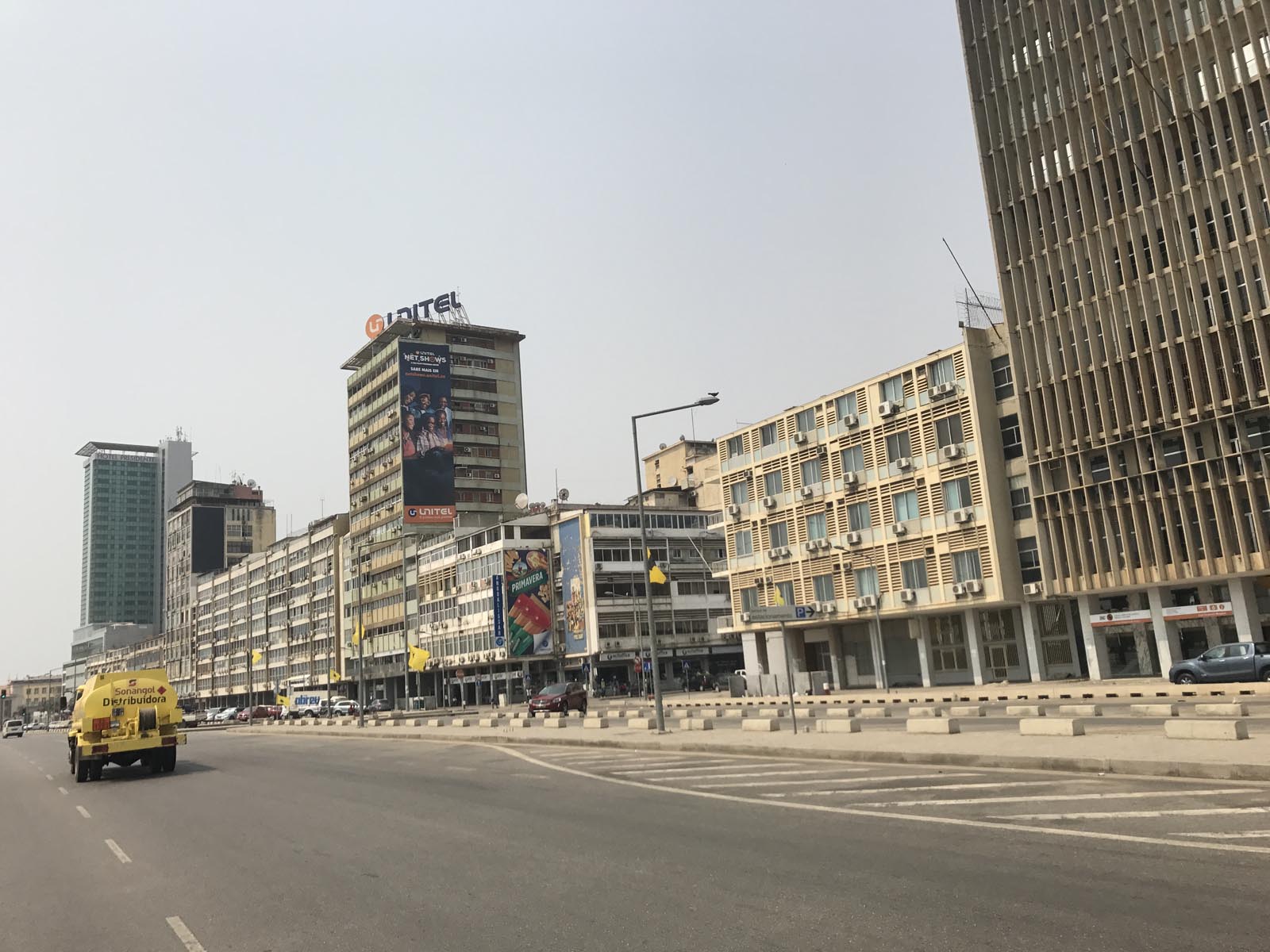
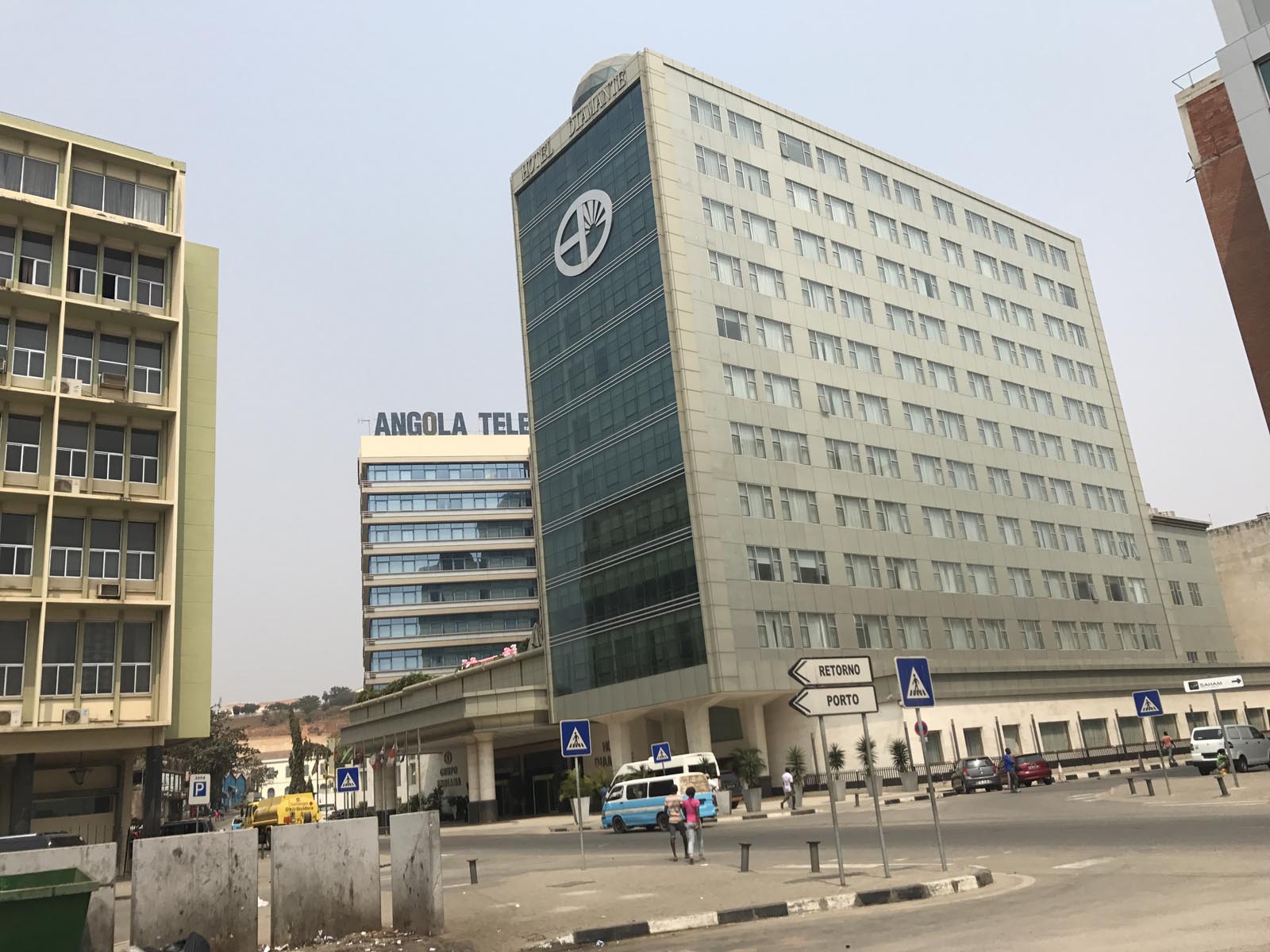
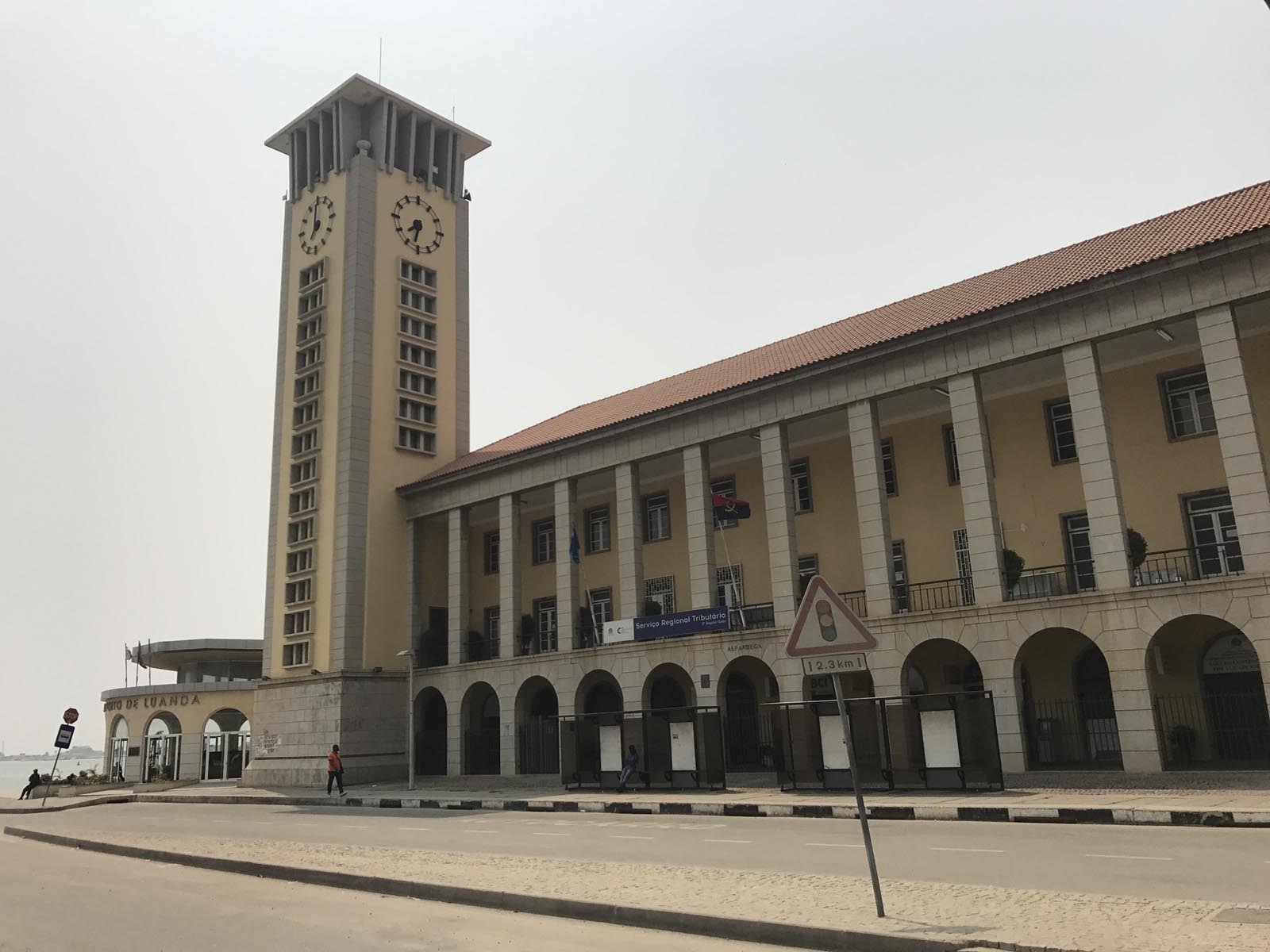
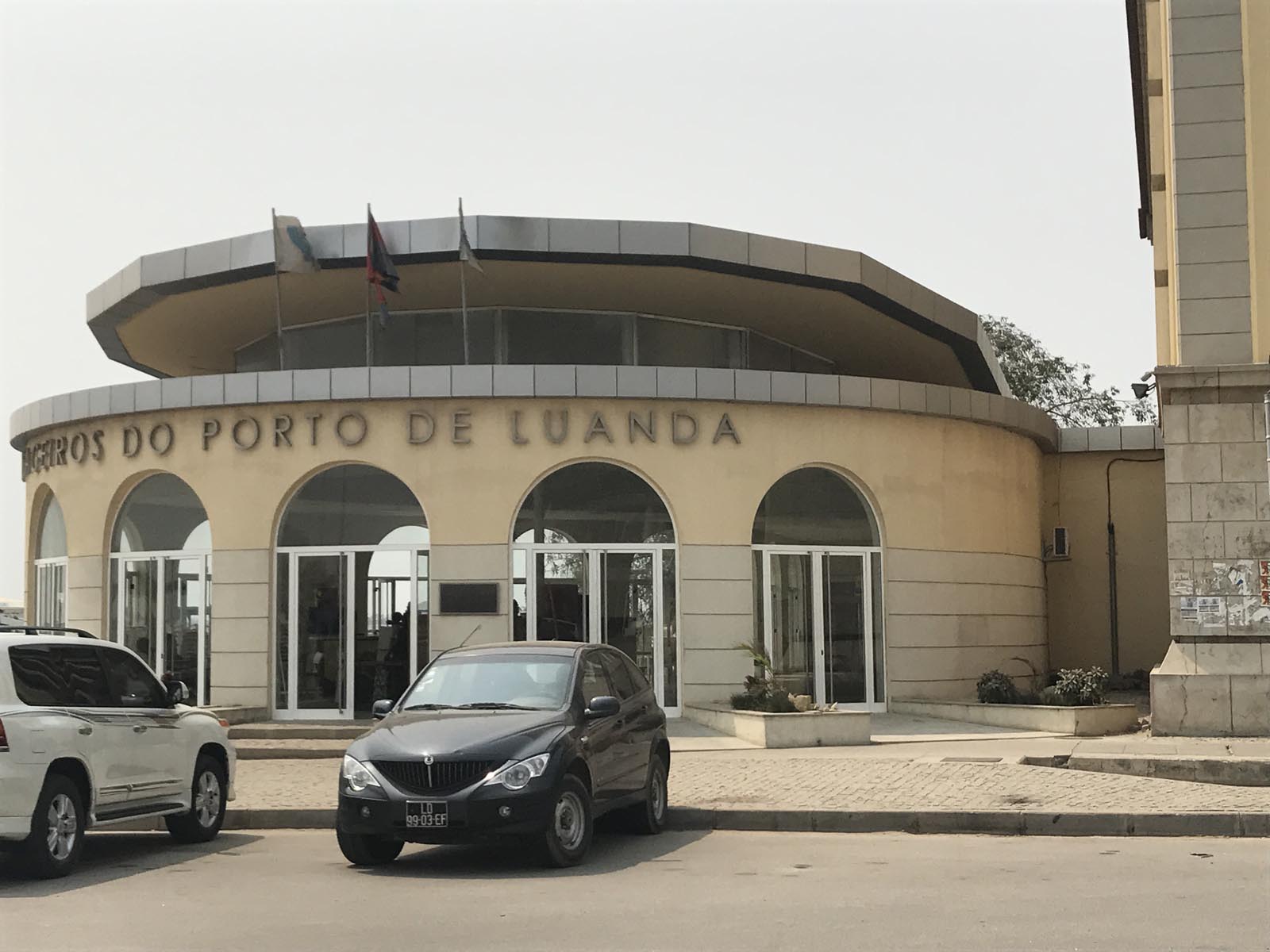
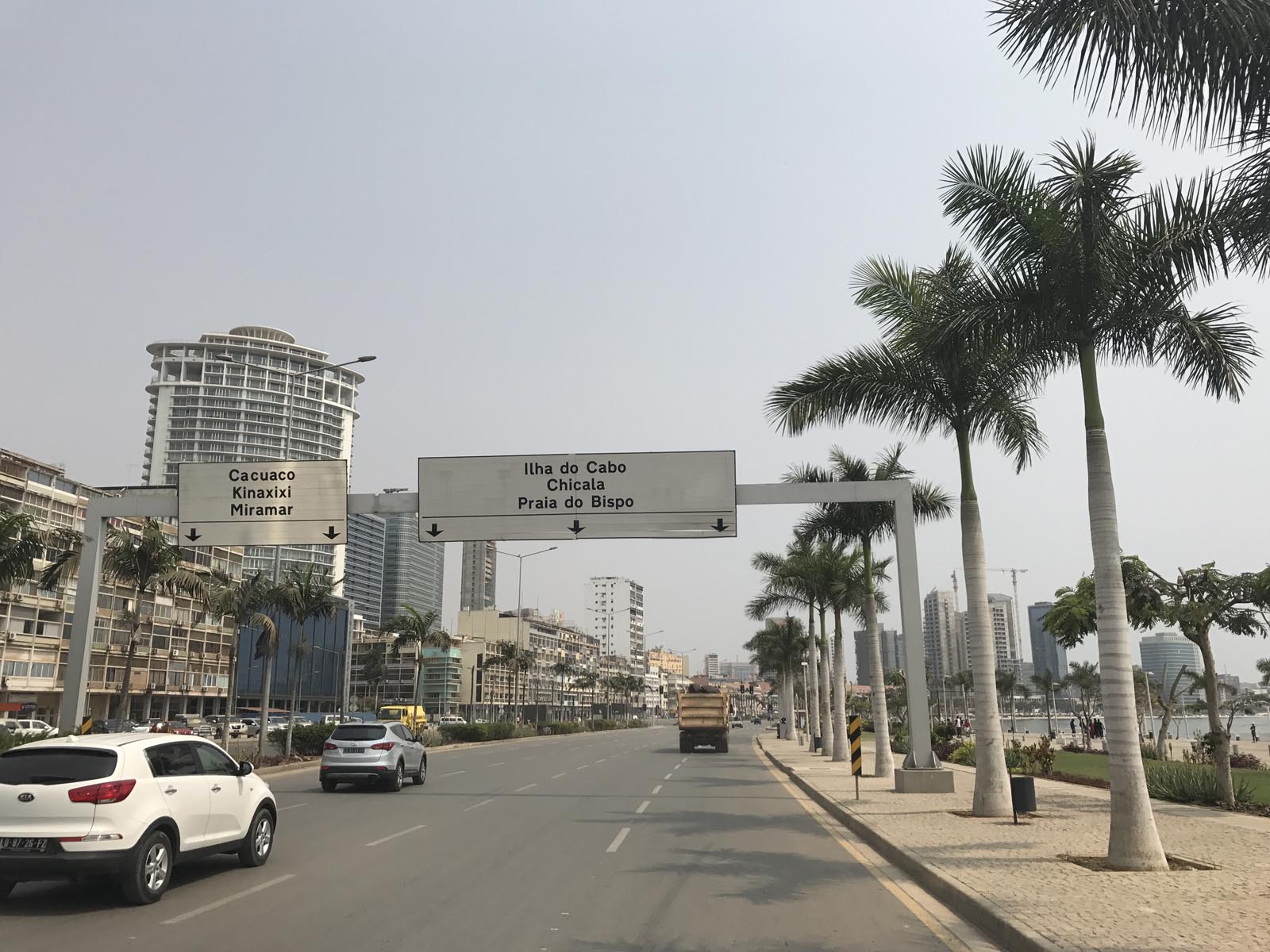
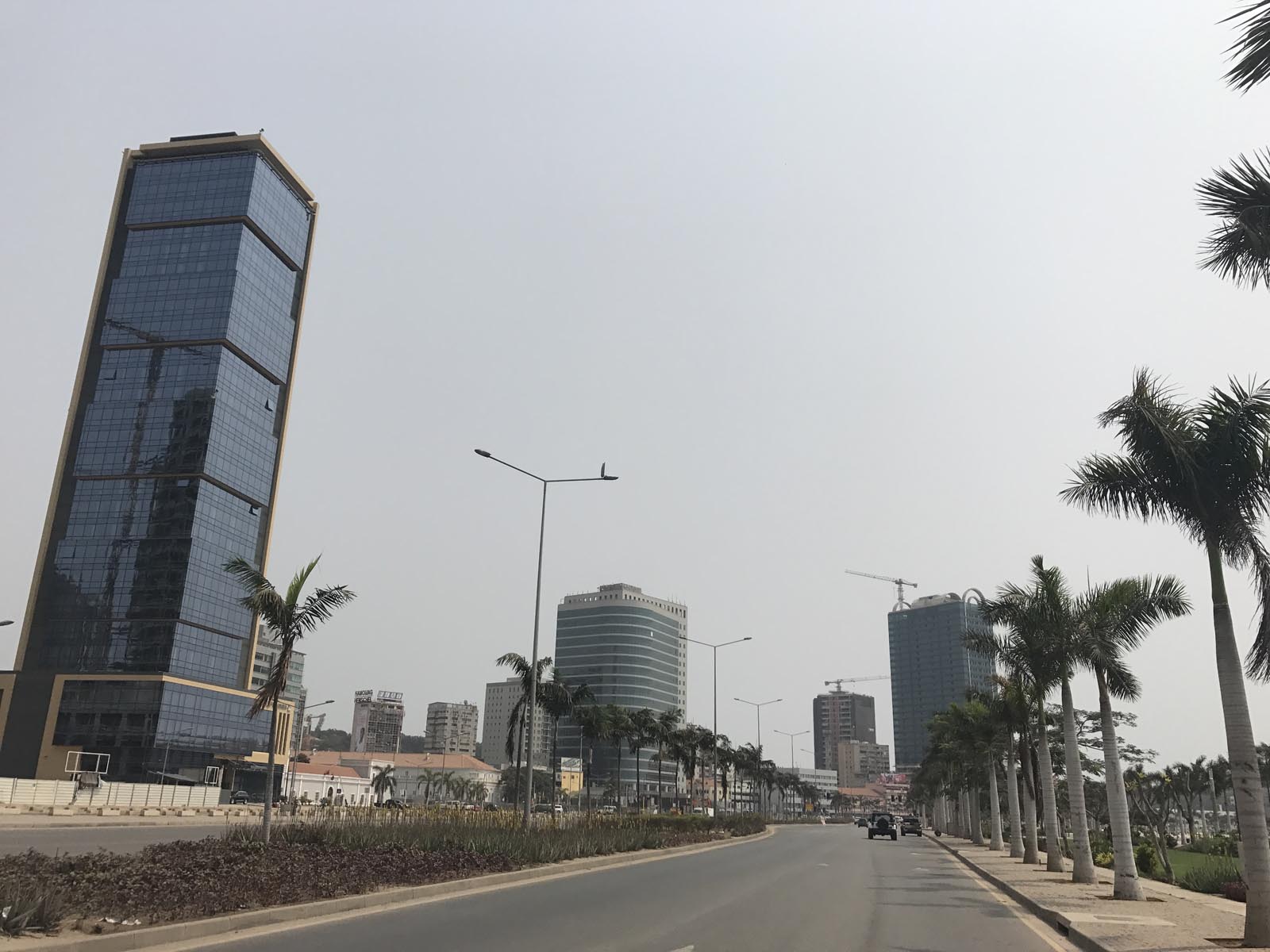
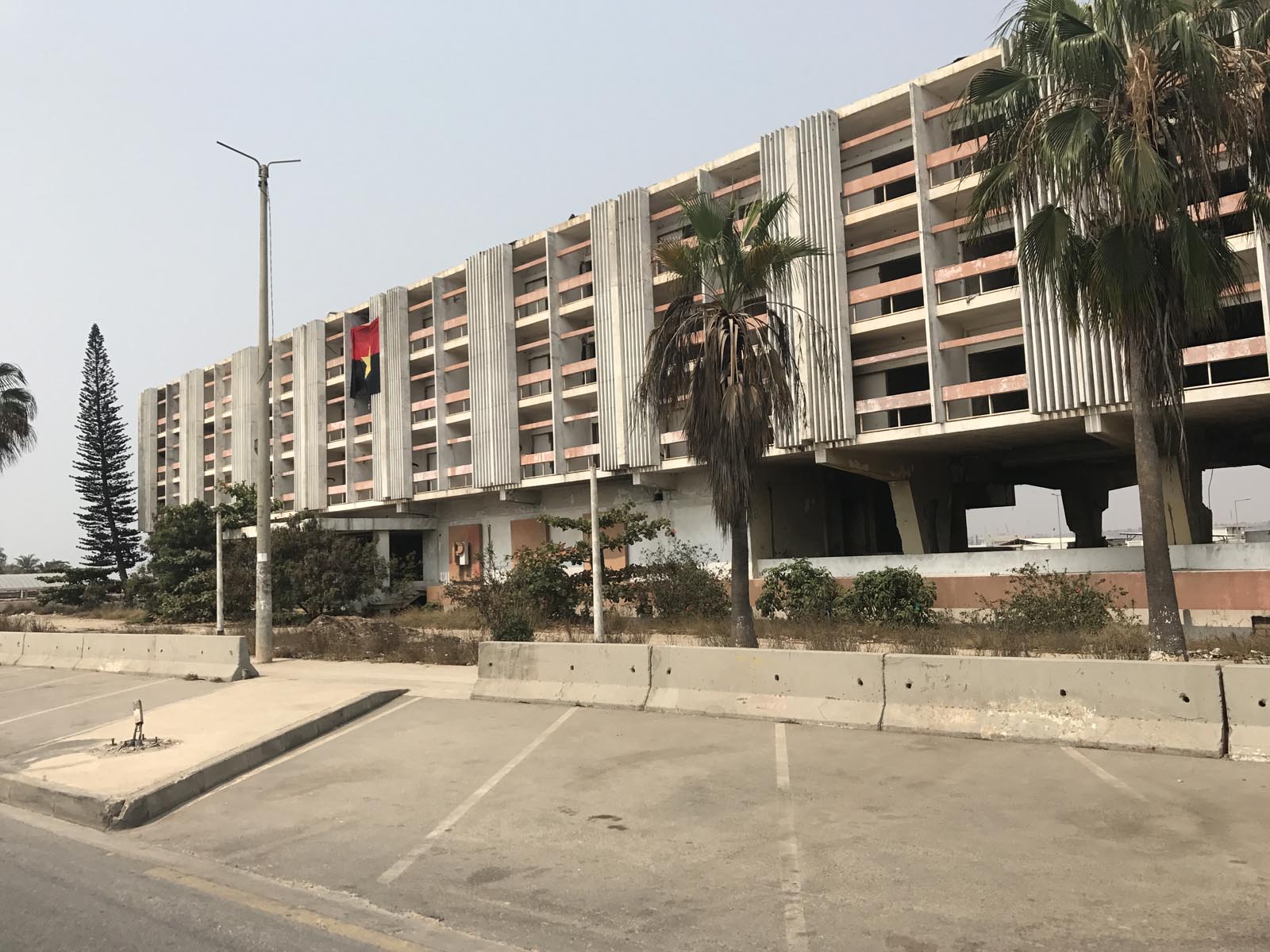
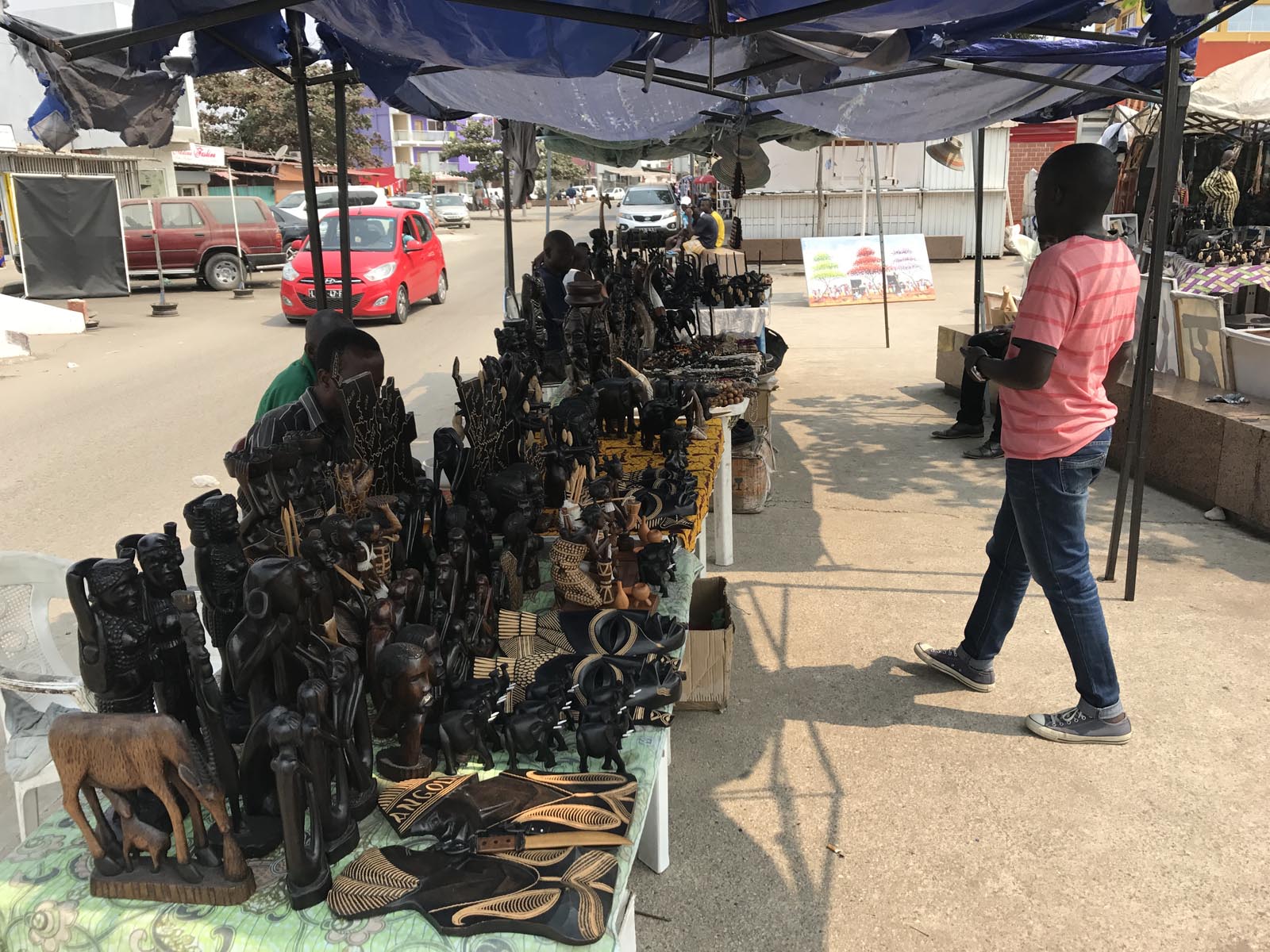
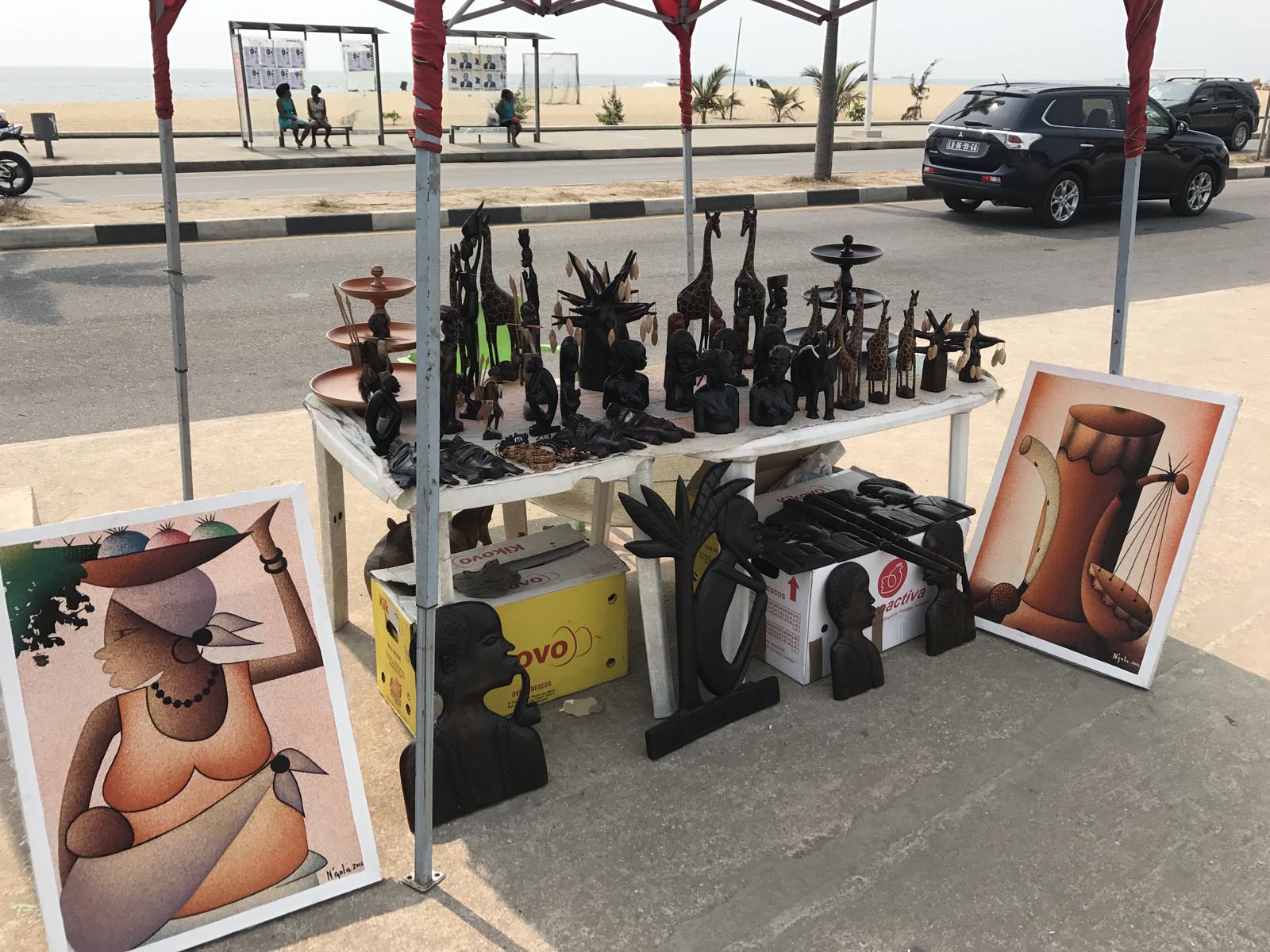
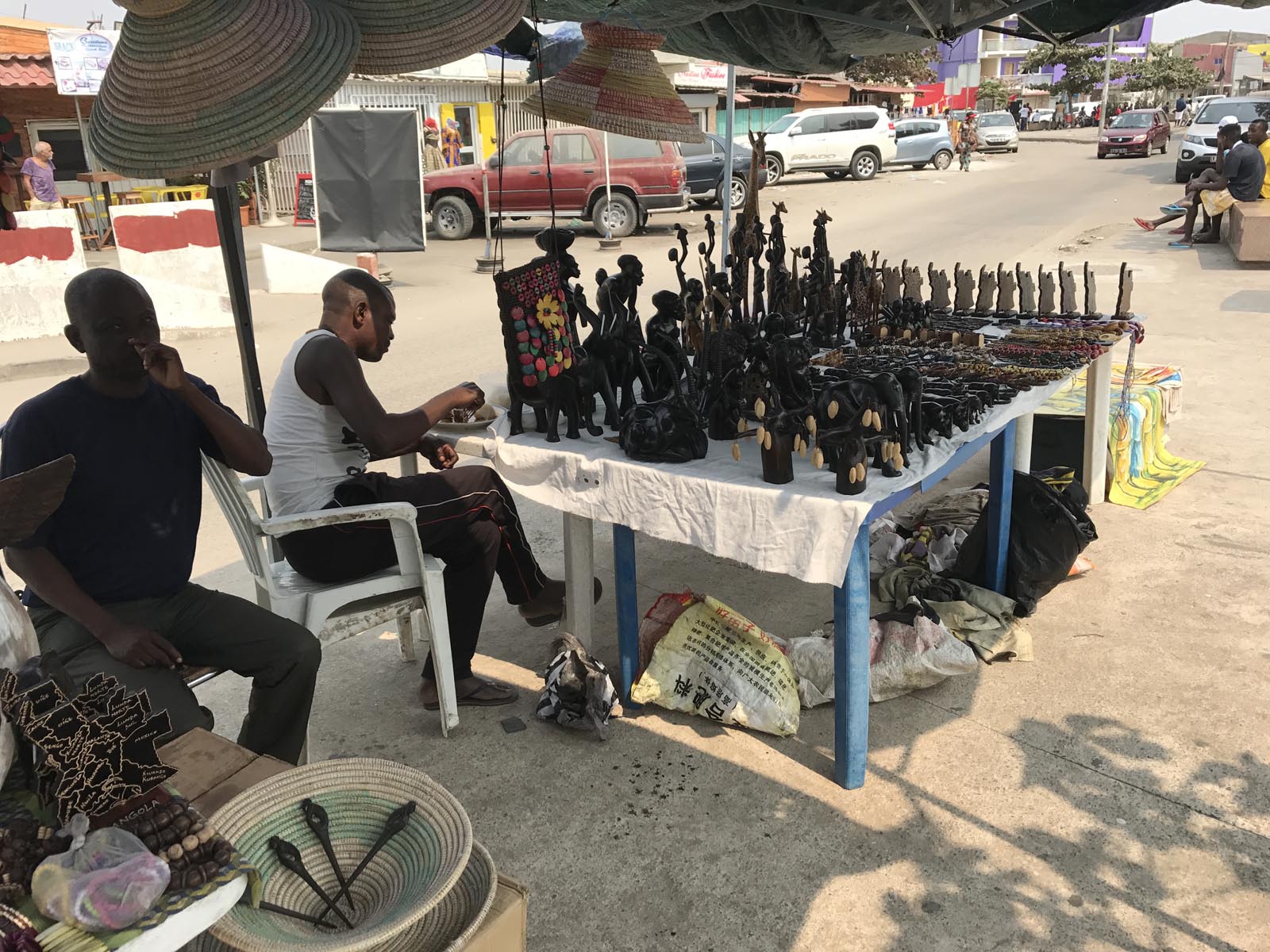
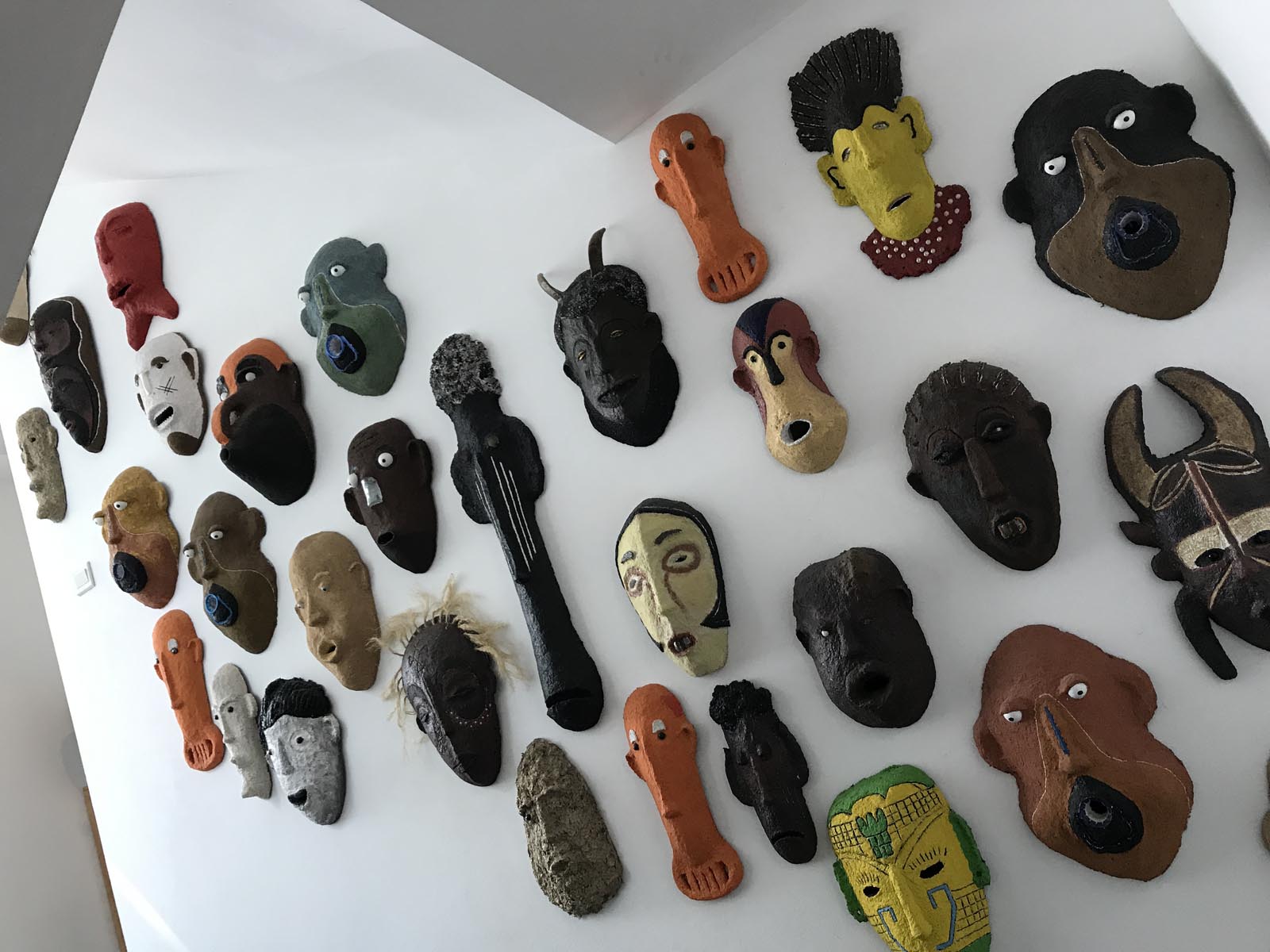
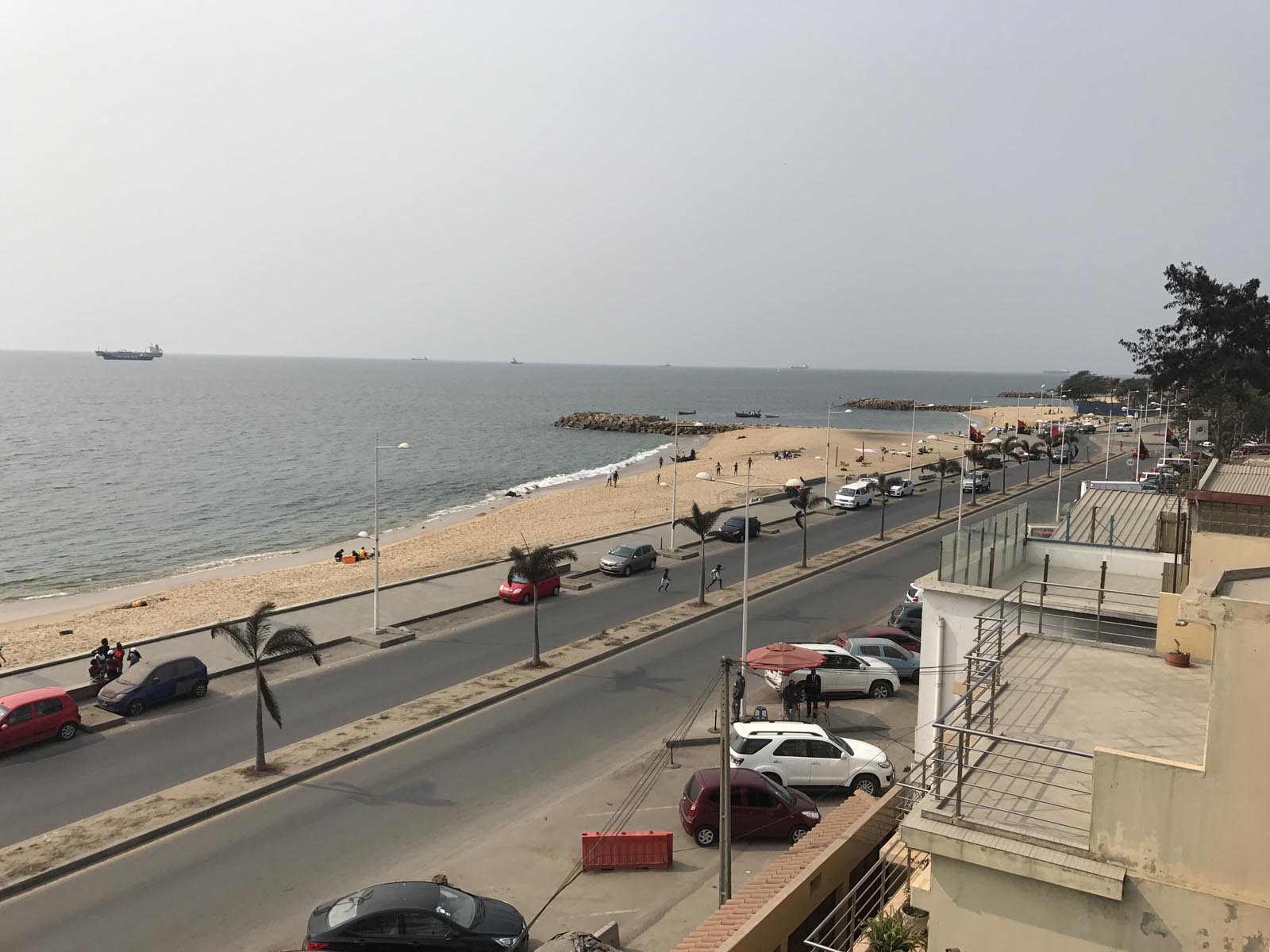
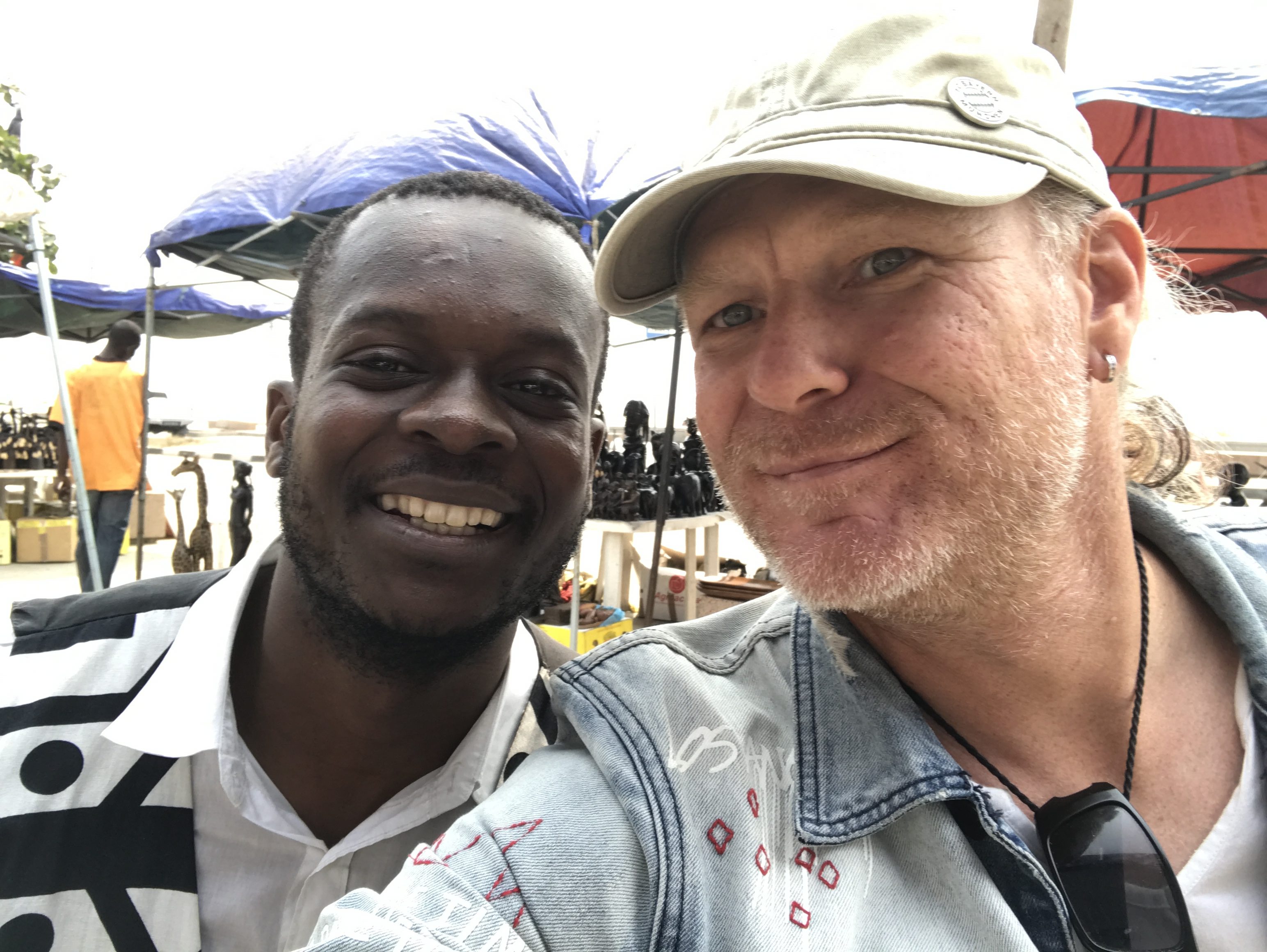


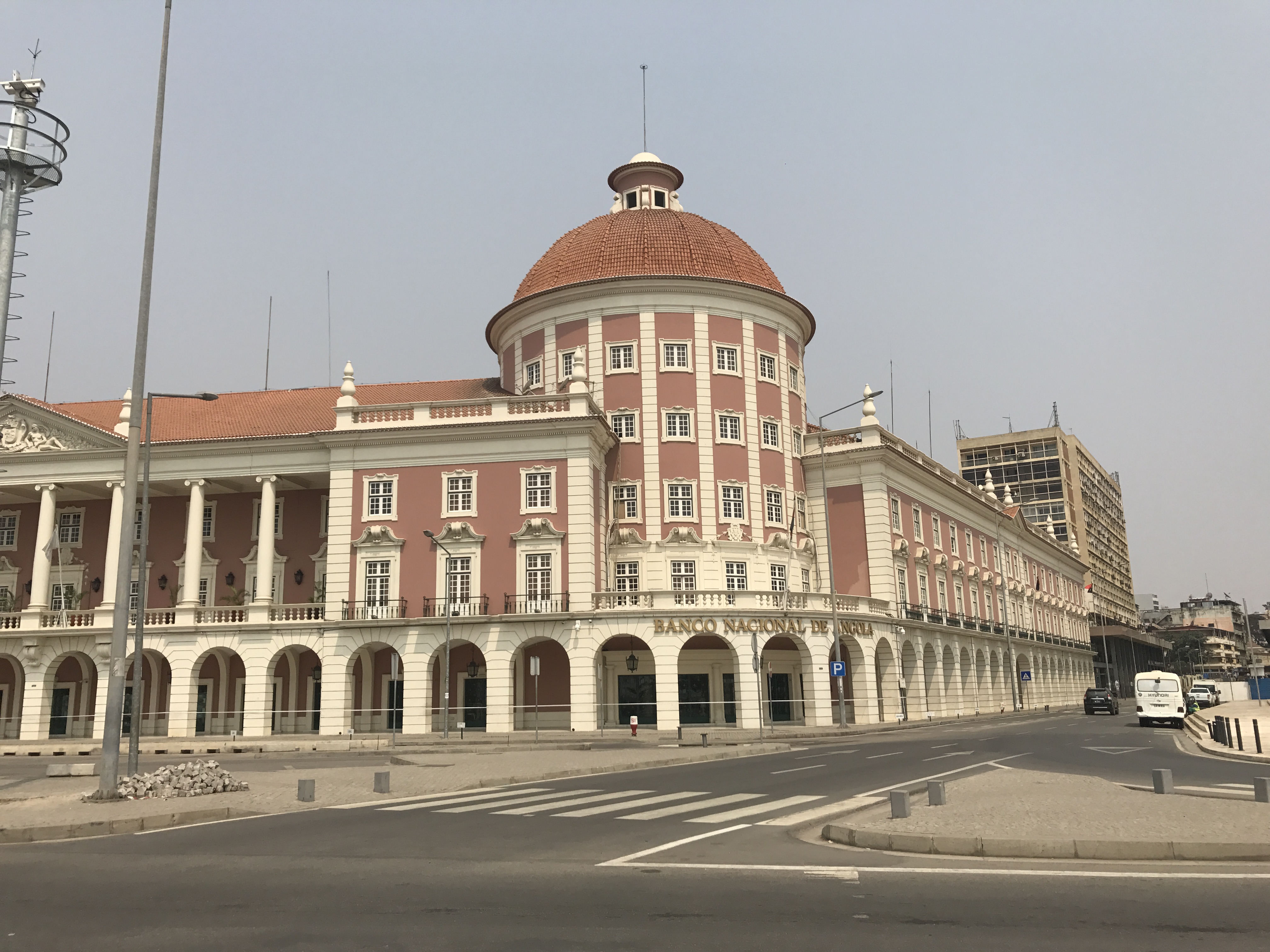
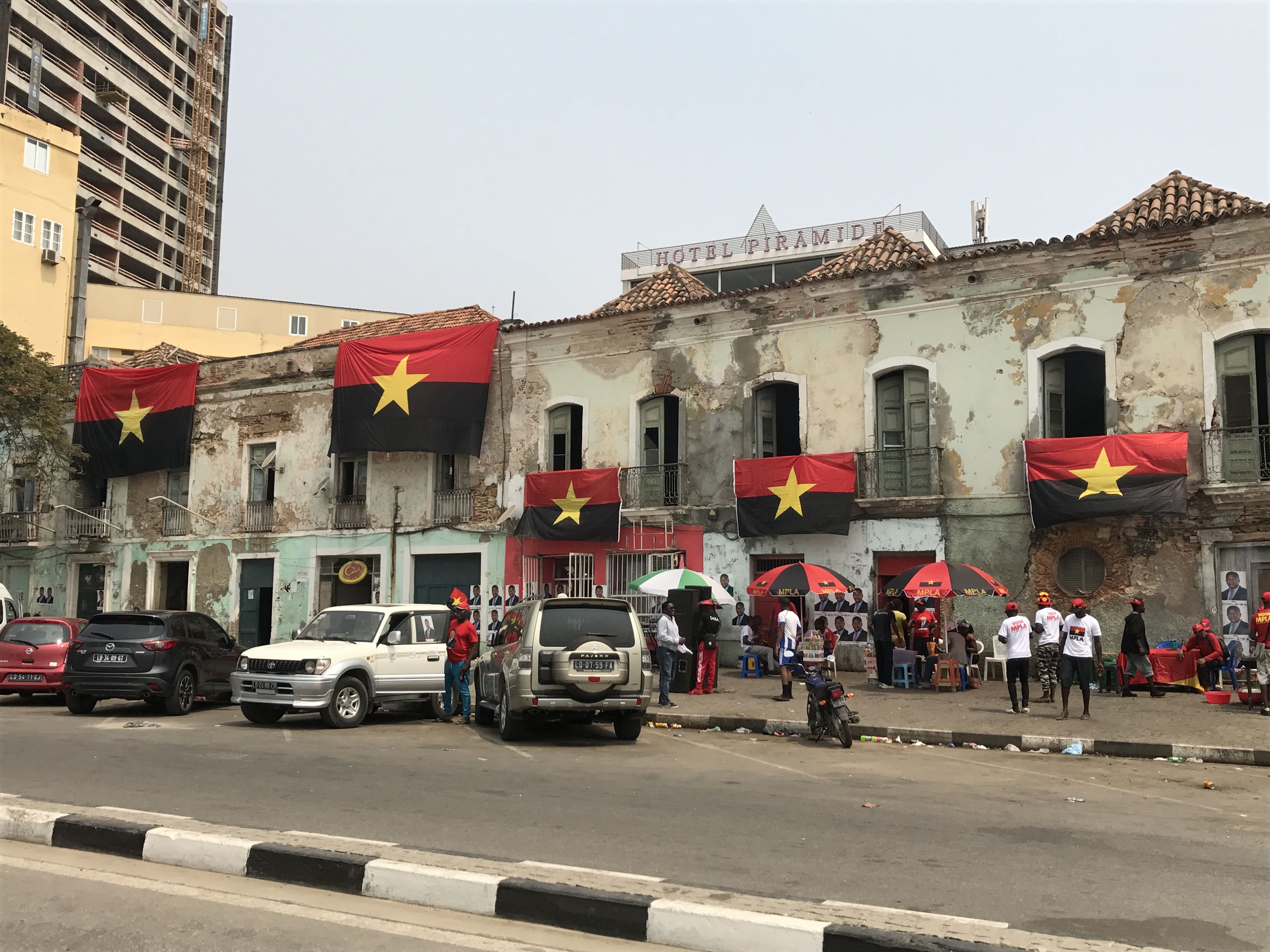
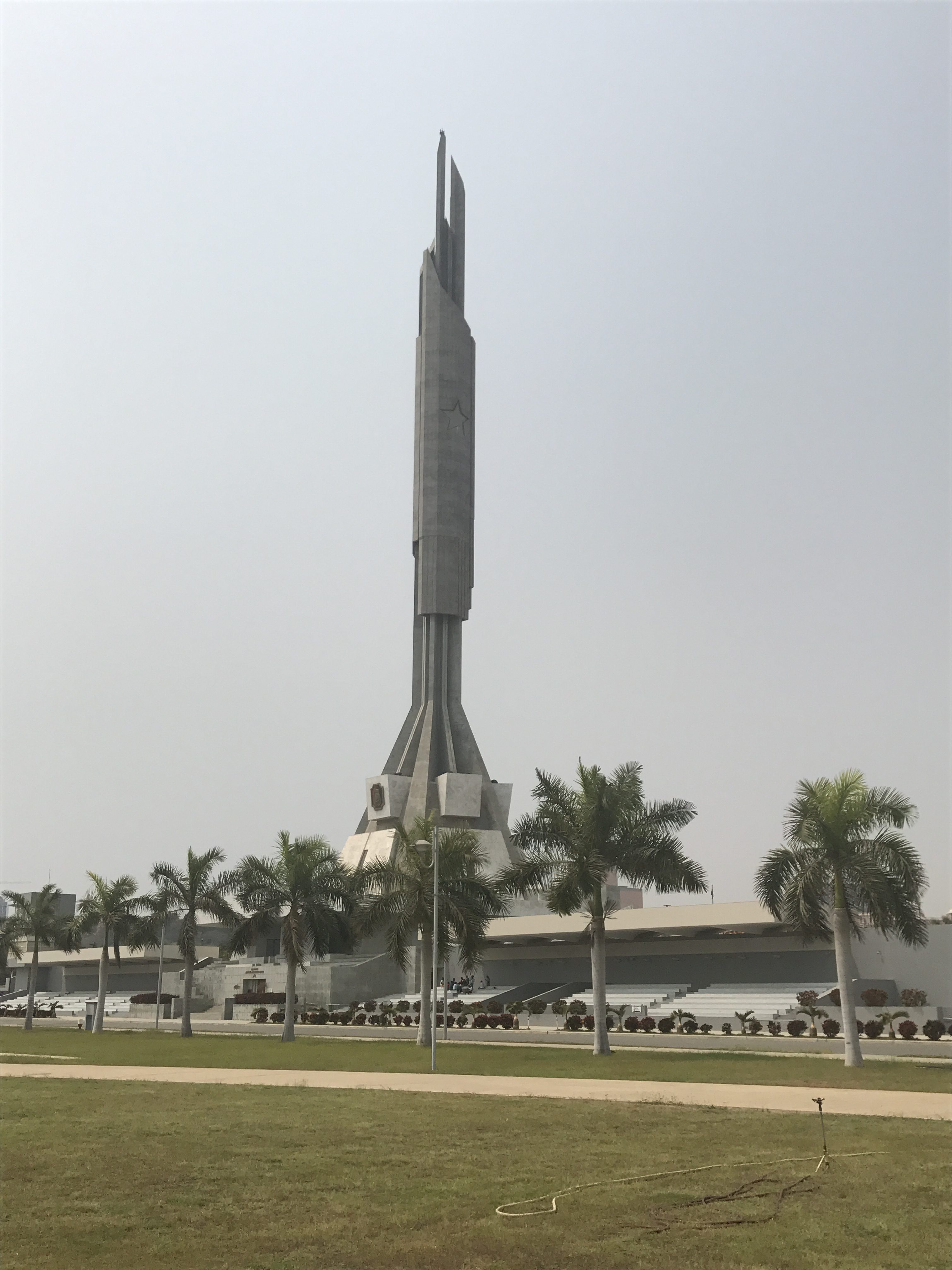
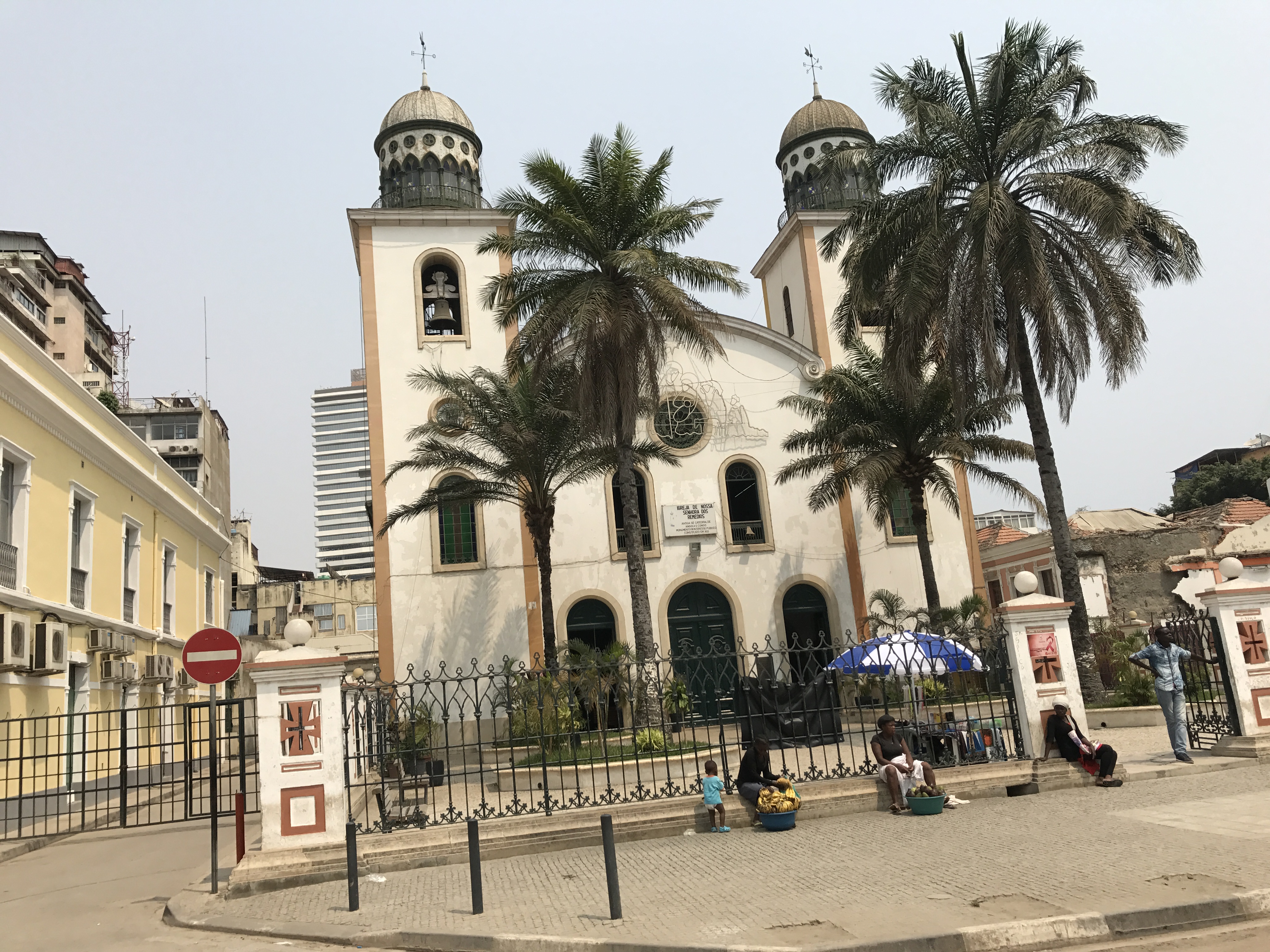
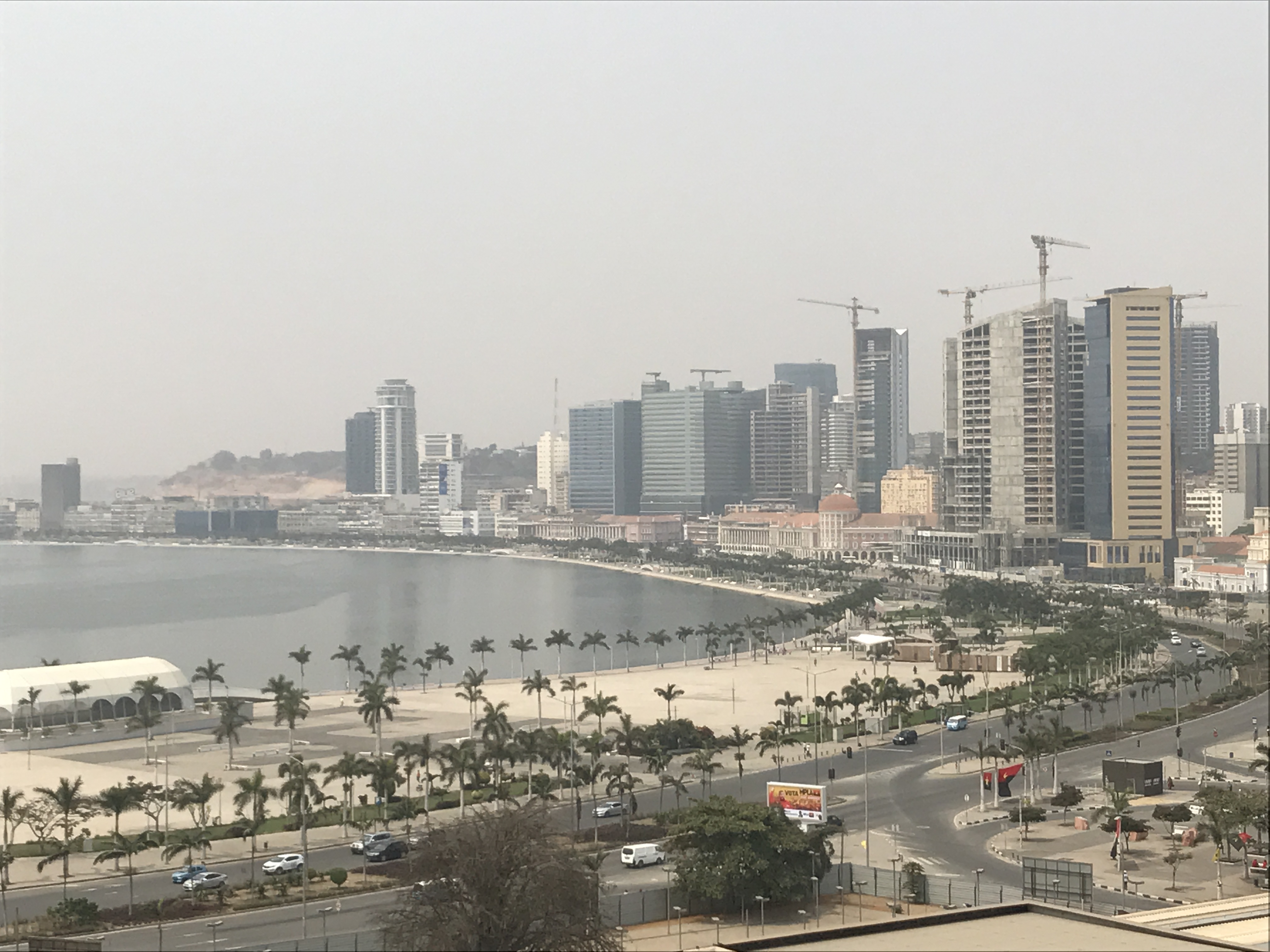

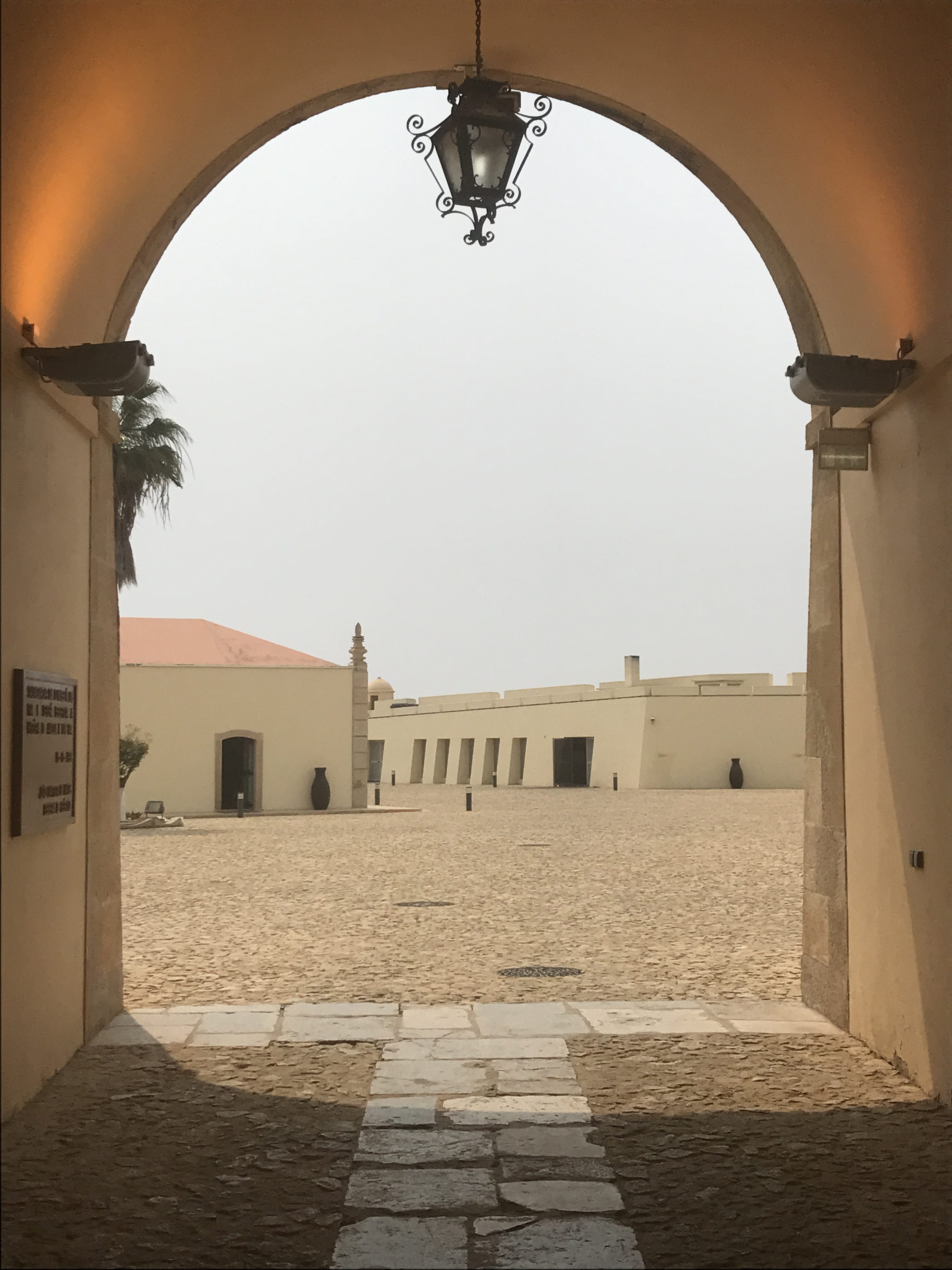
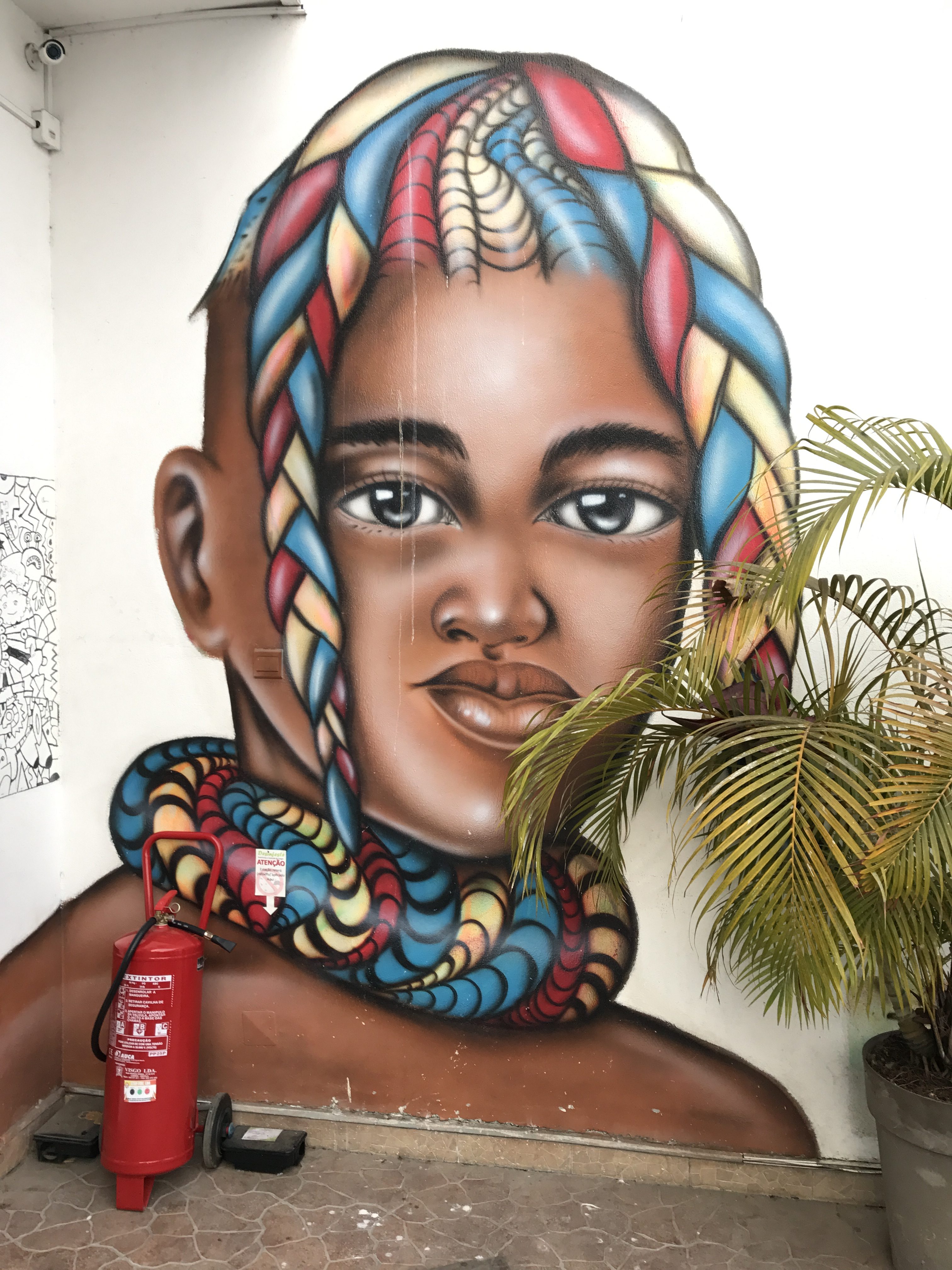
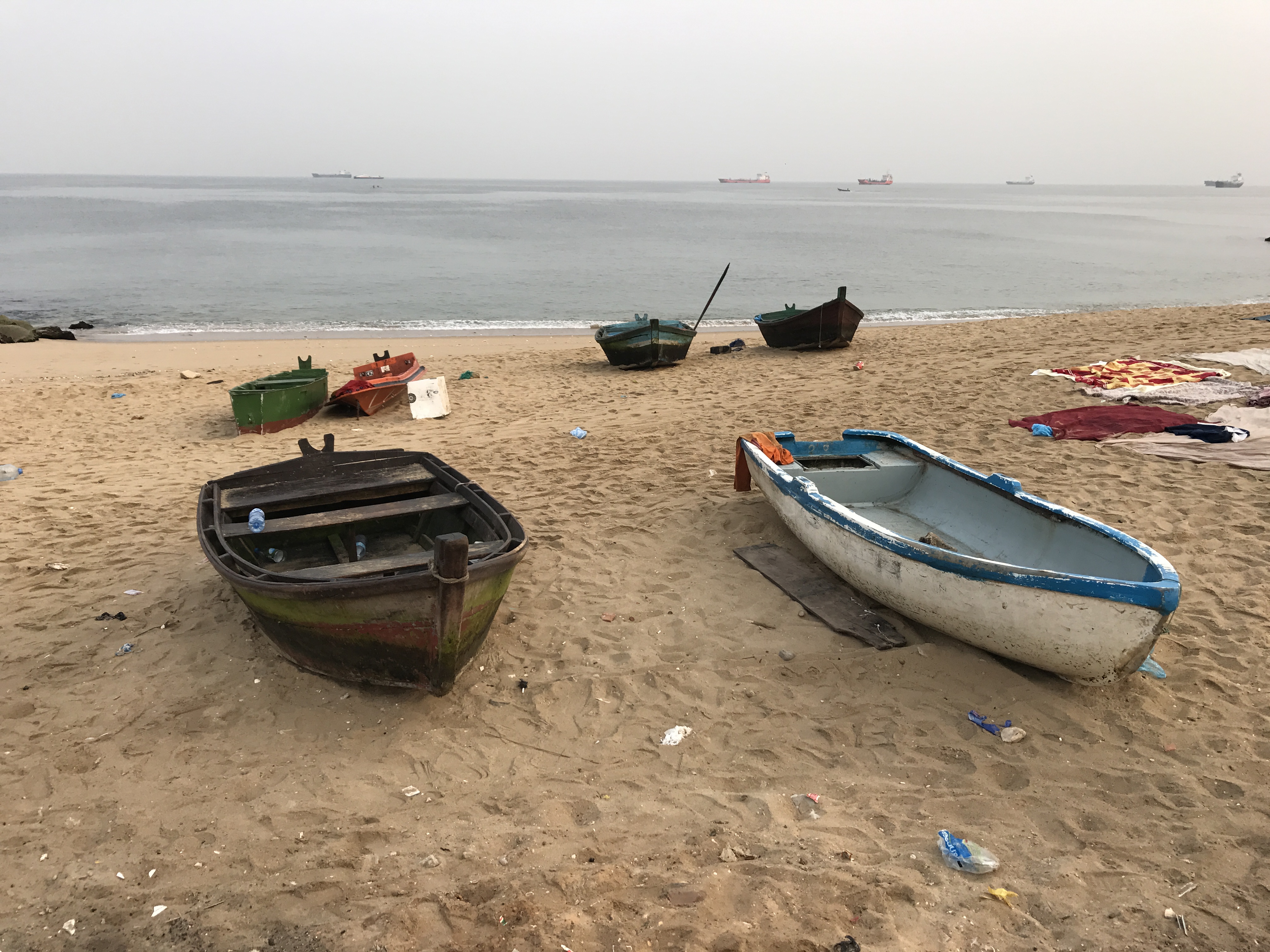
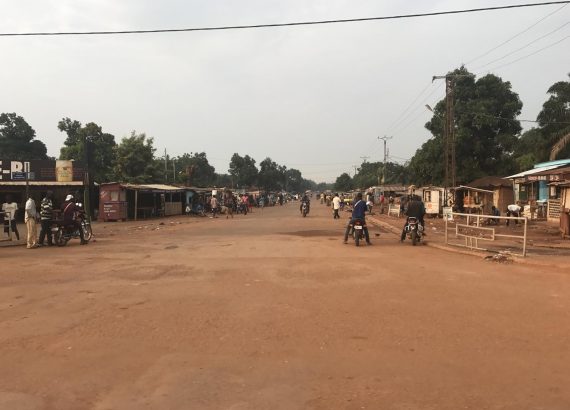
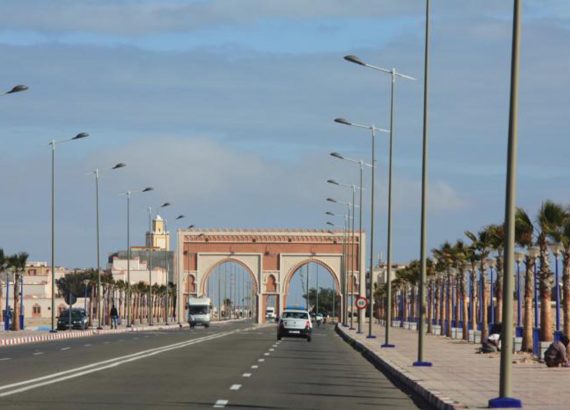
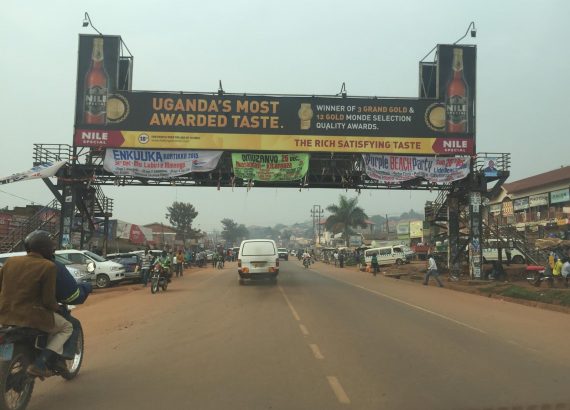
No Comments